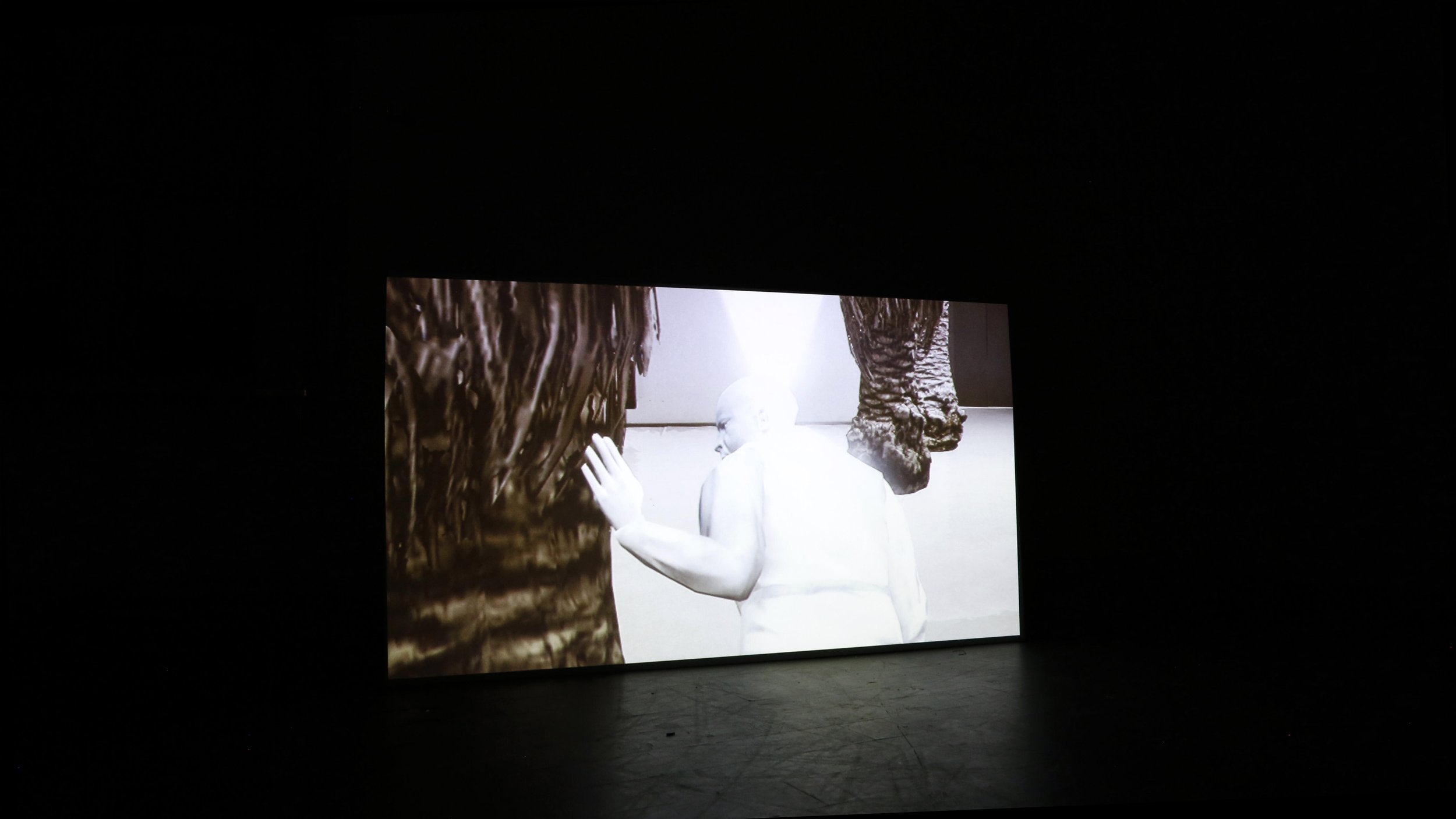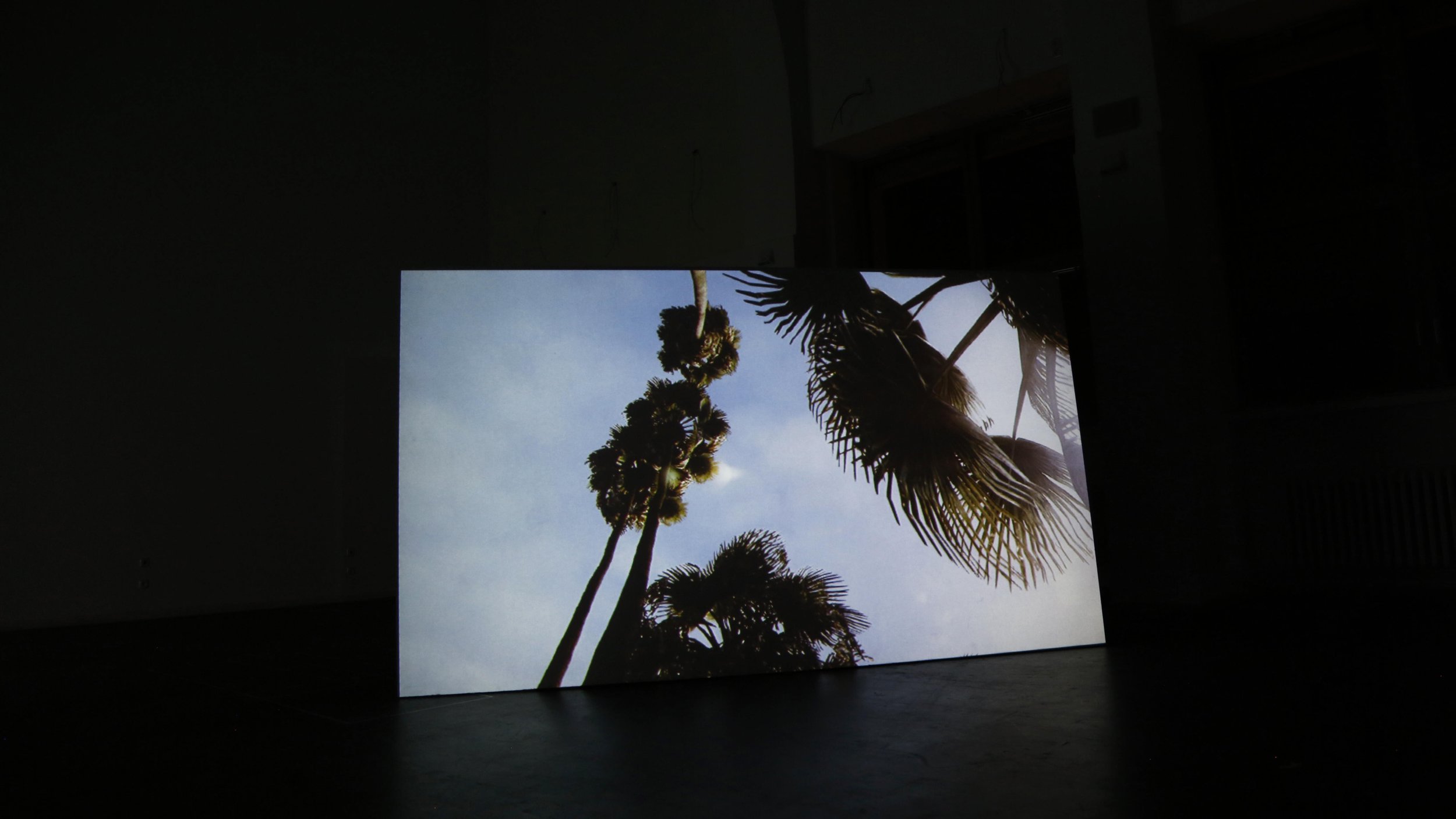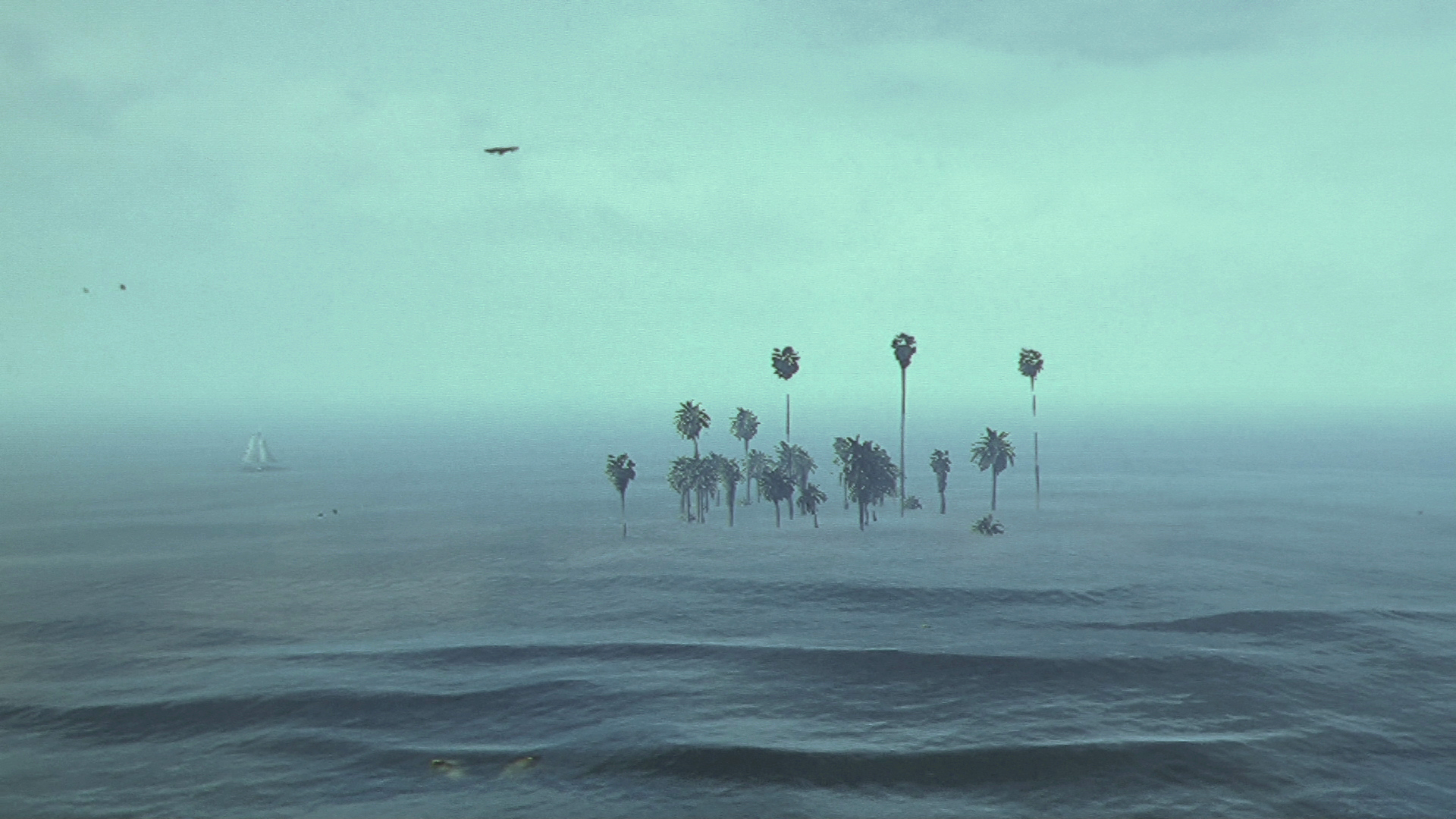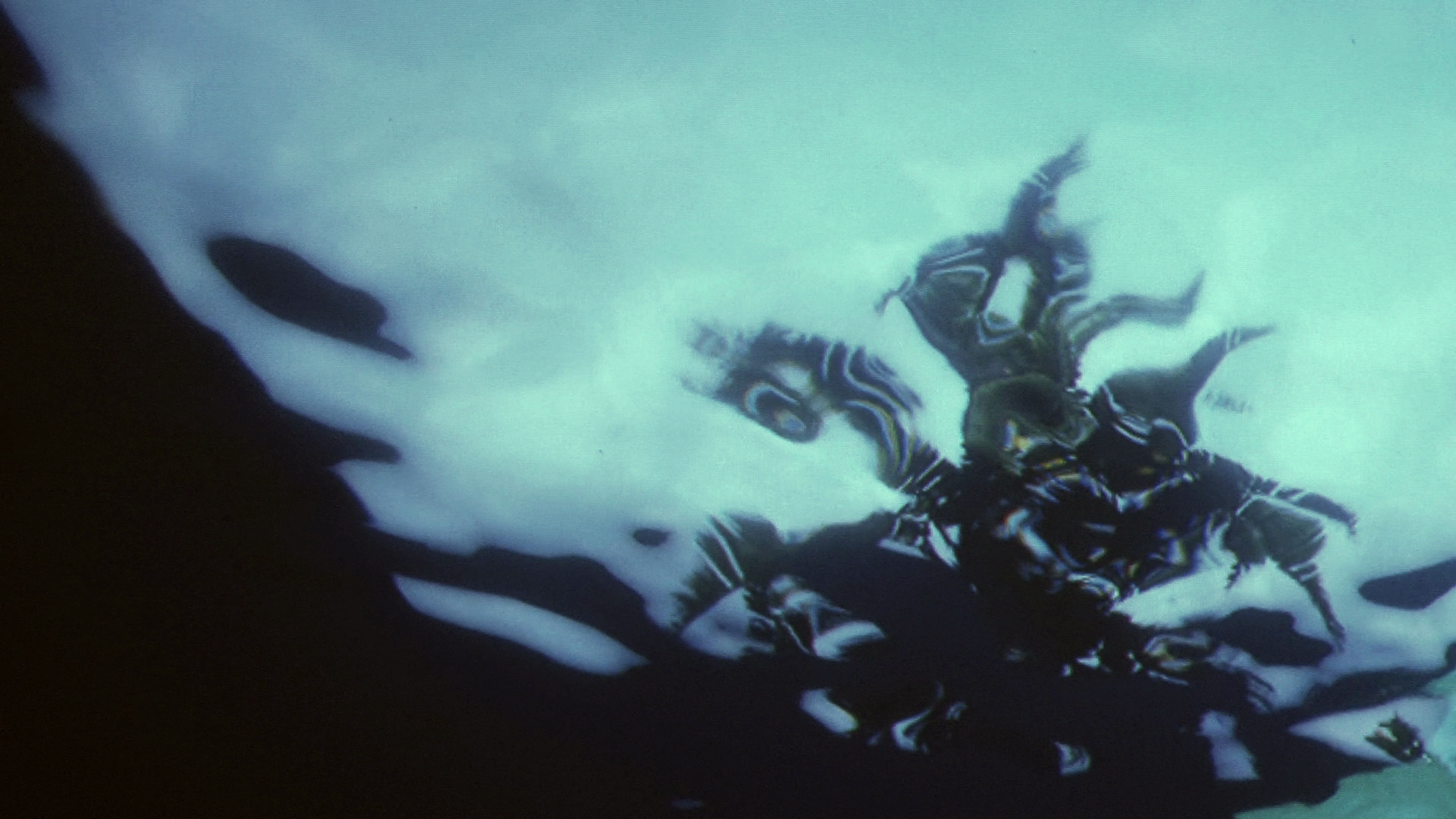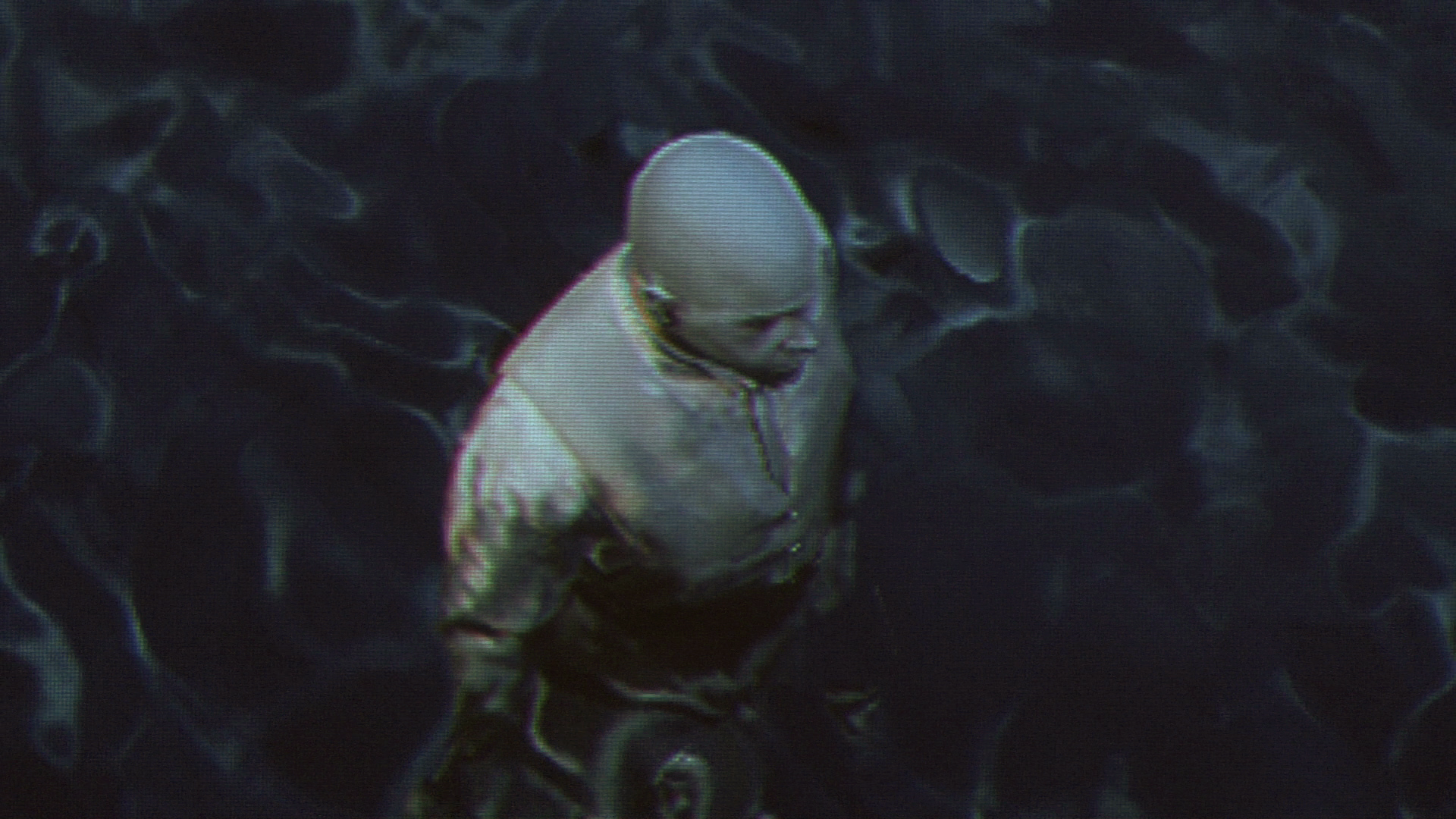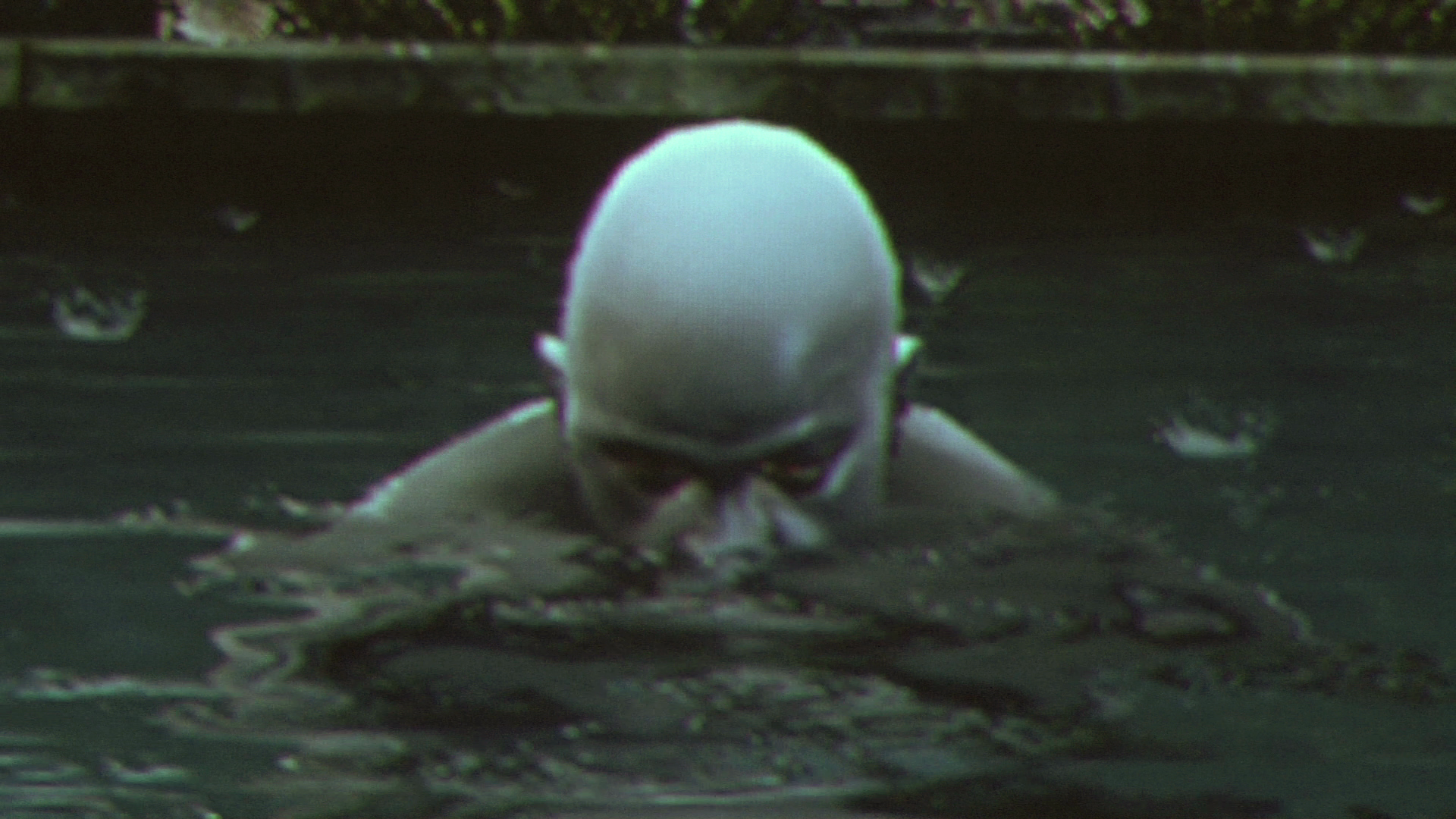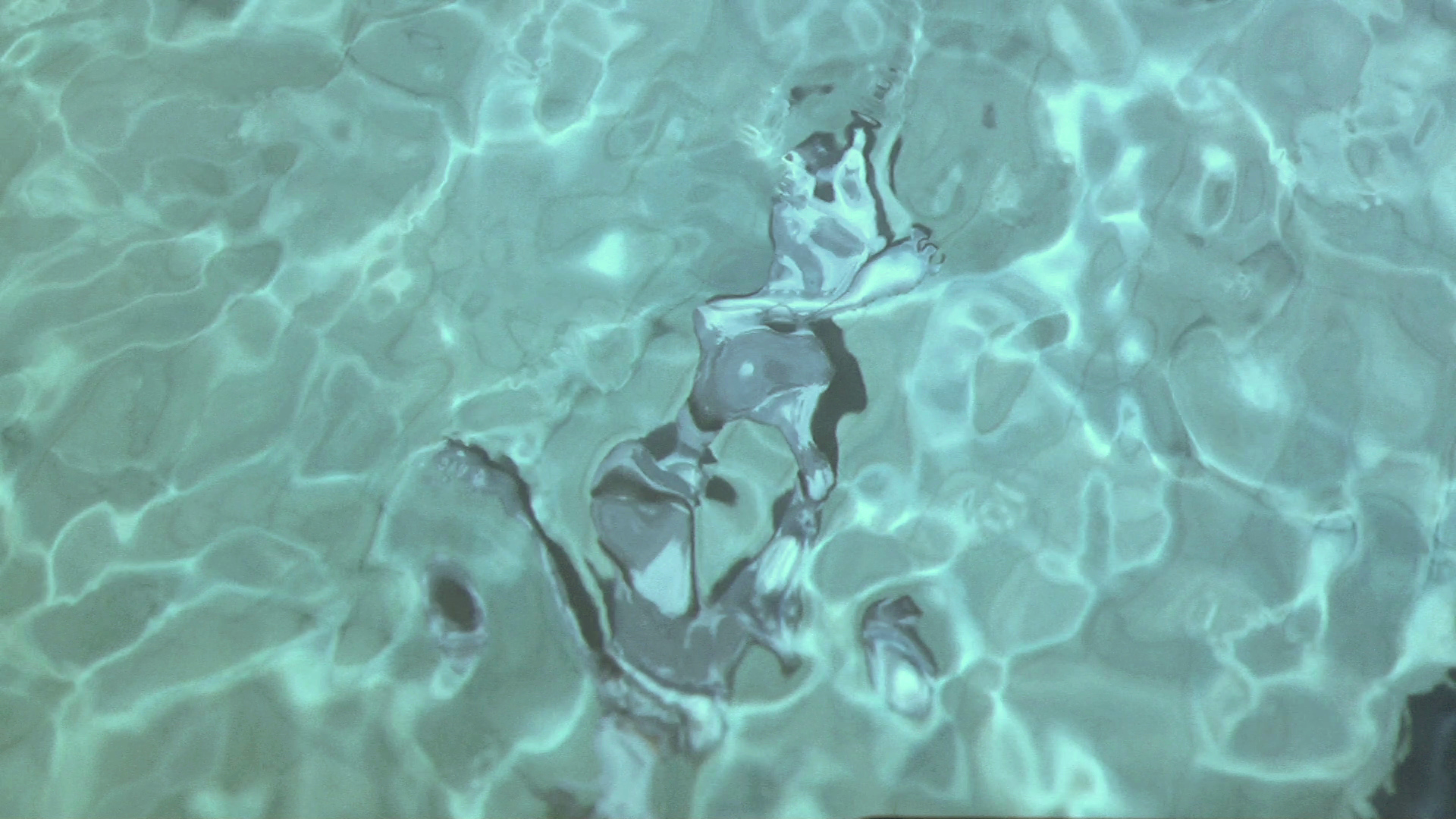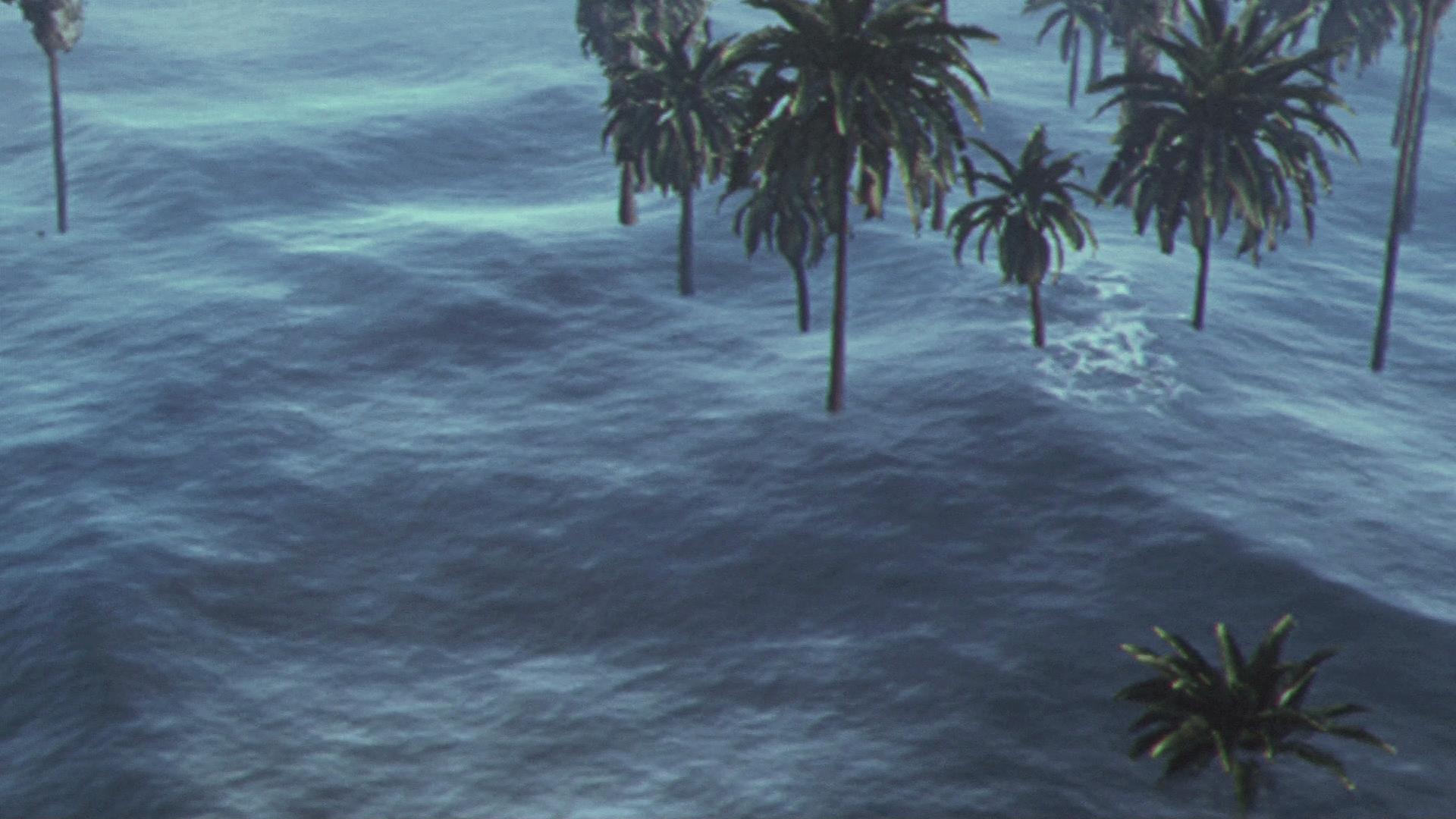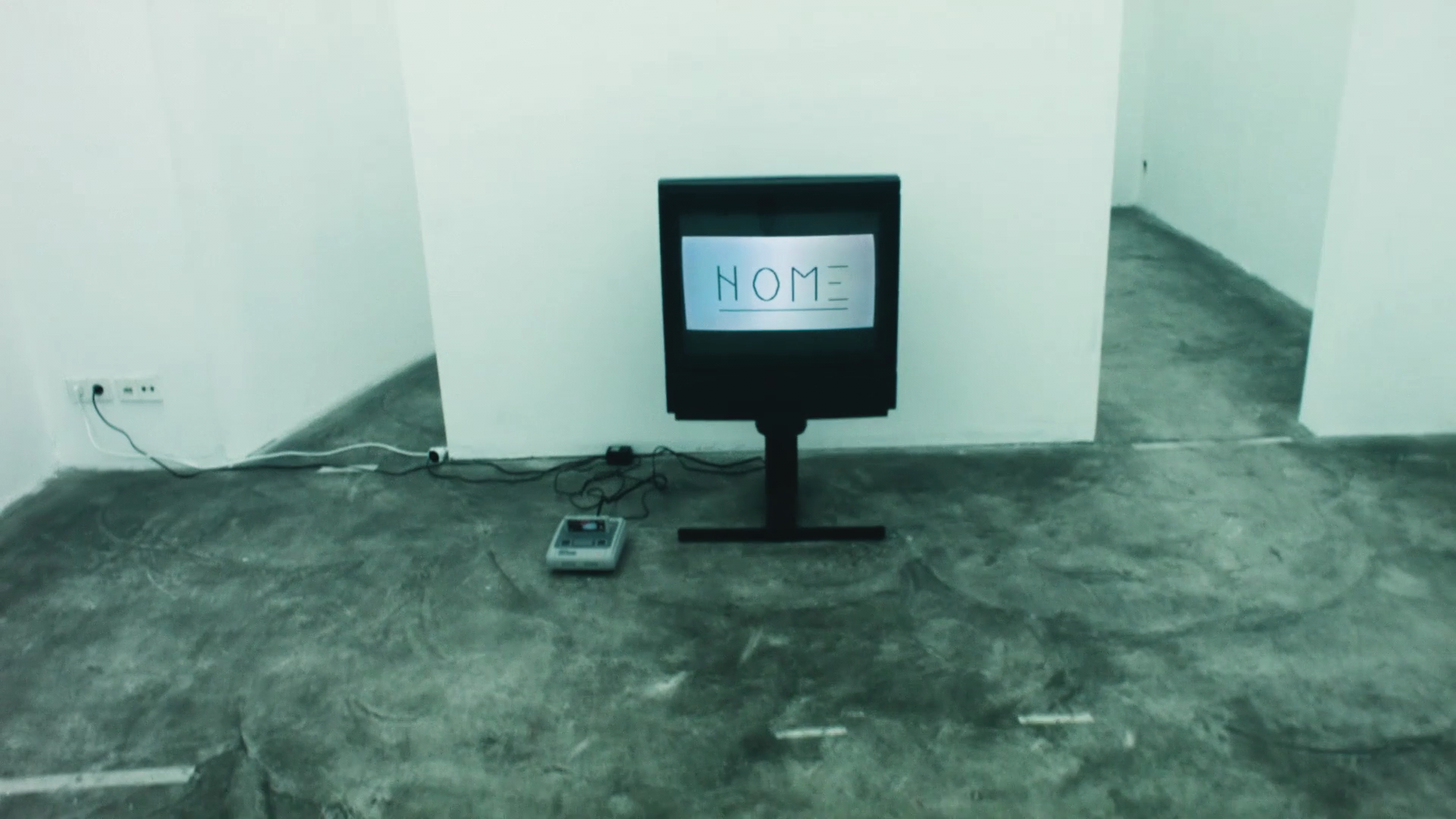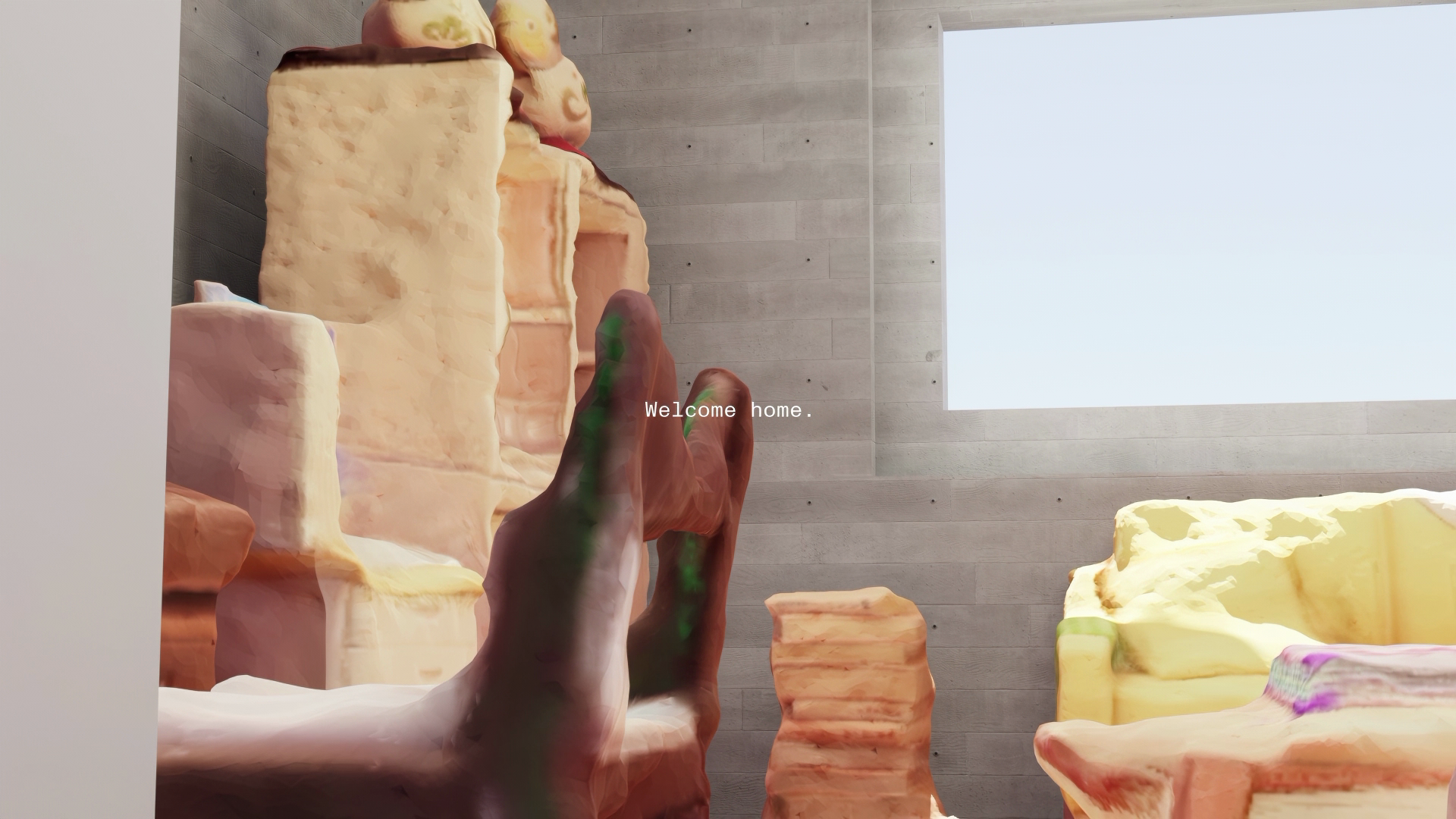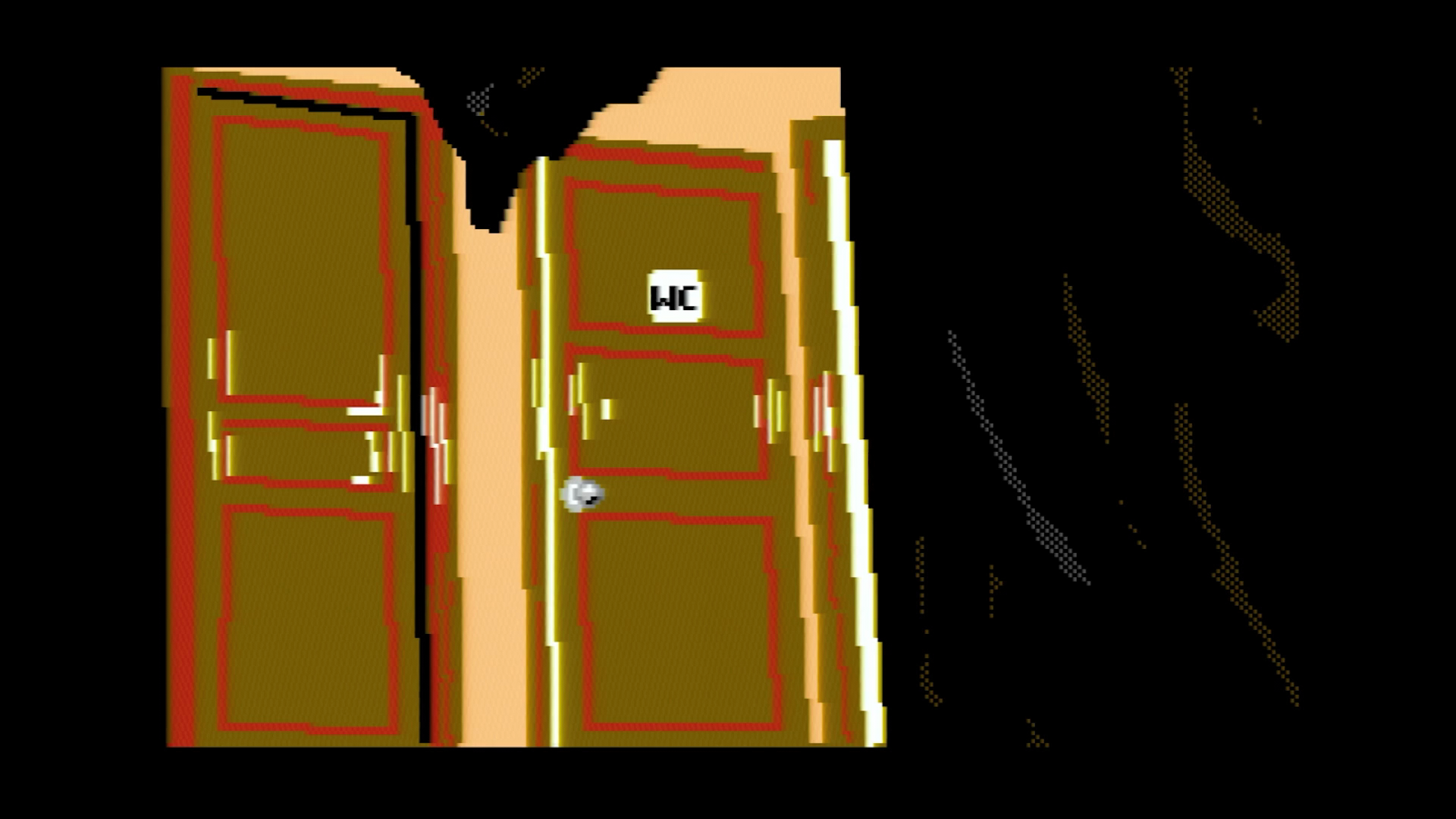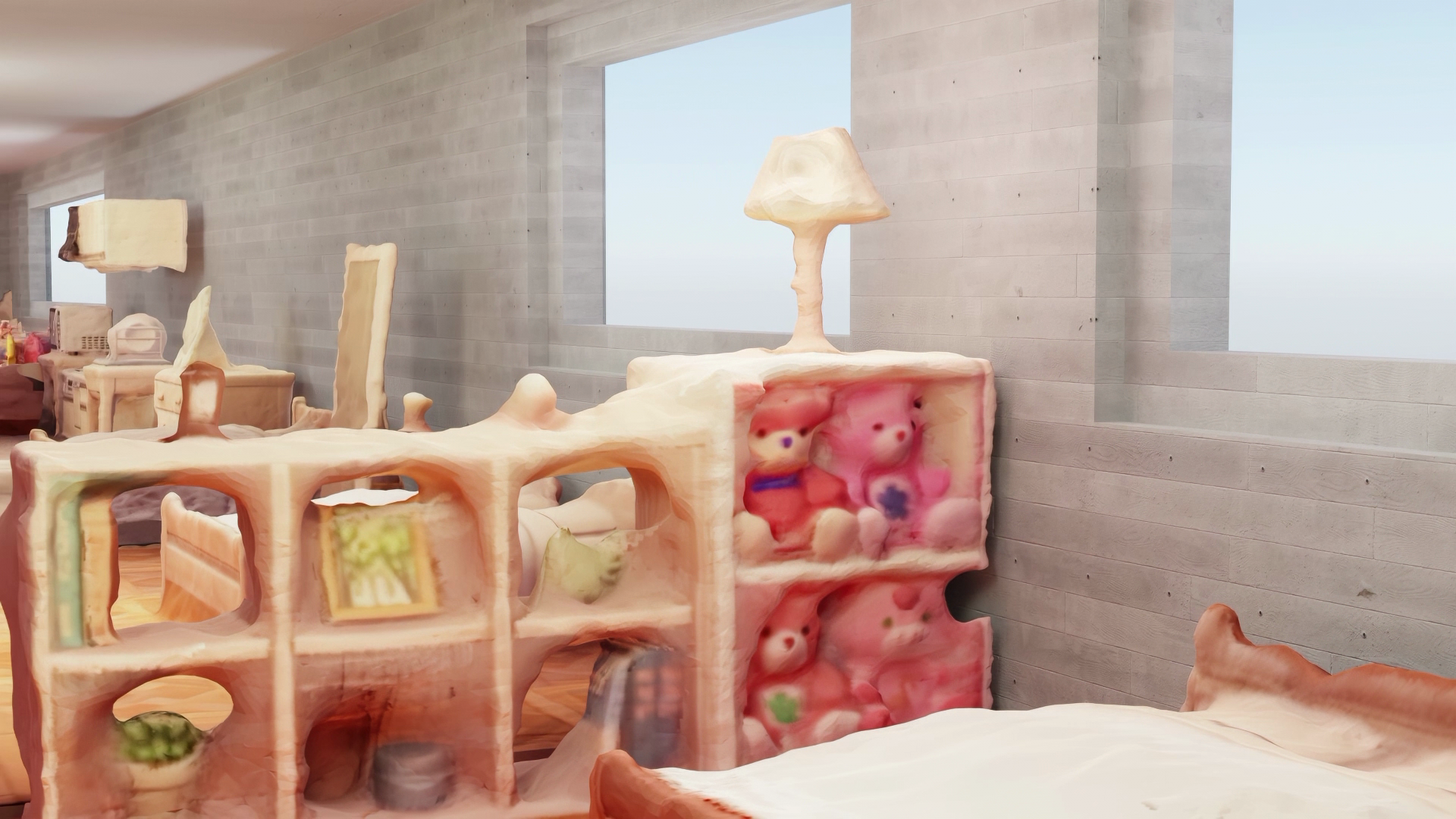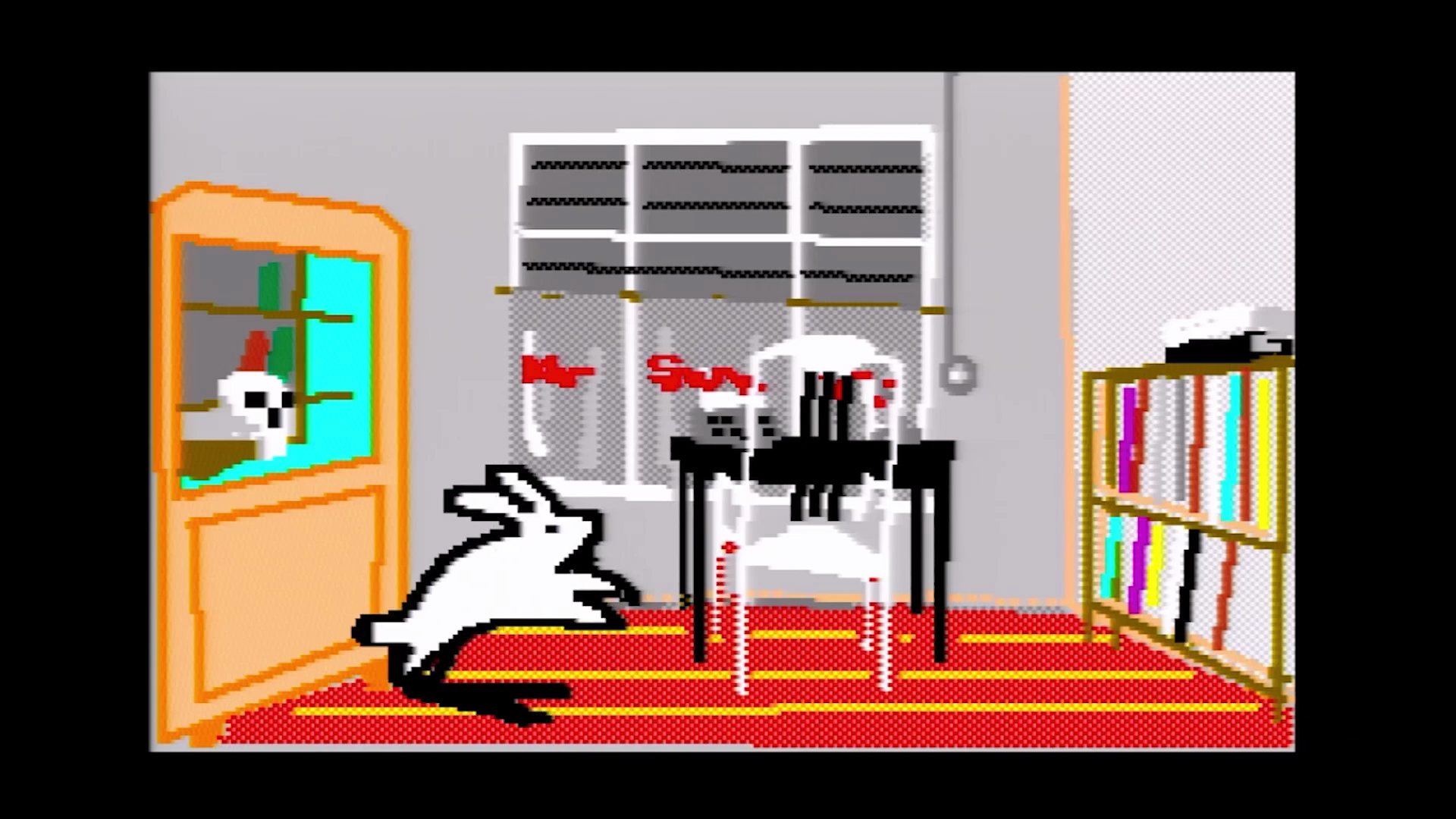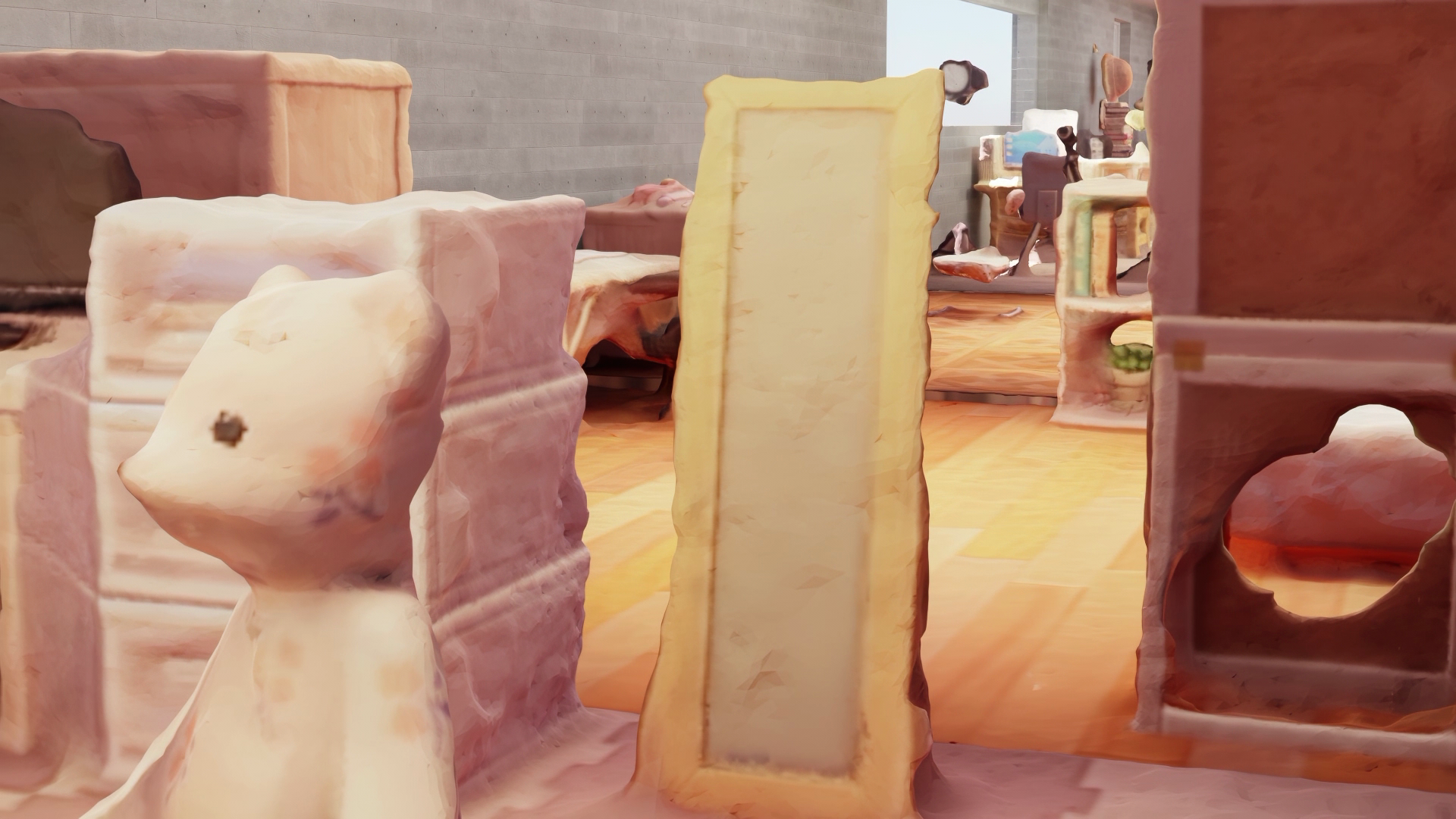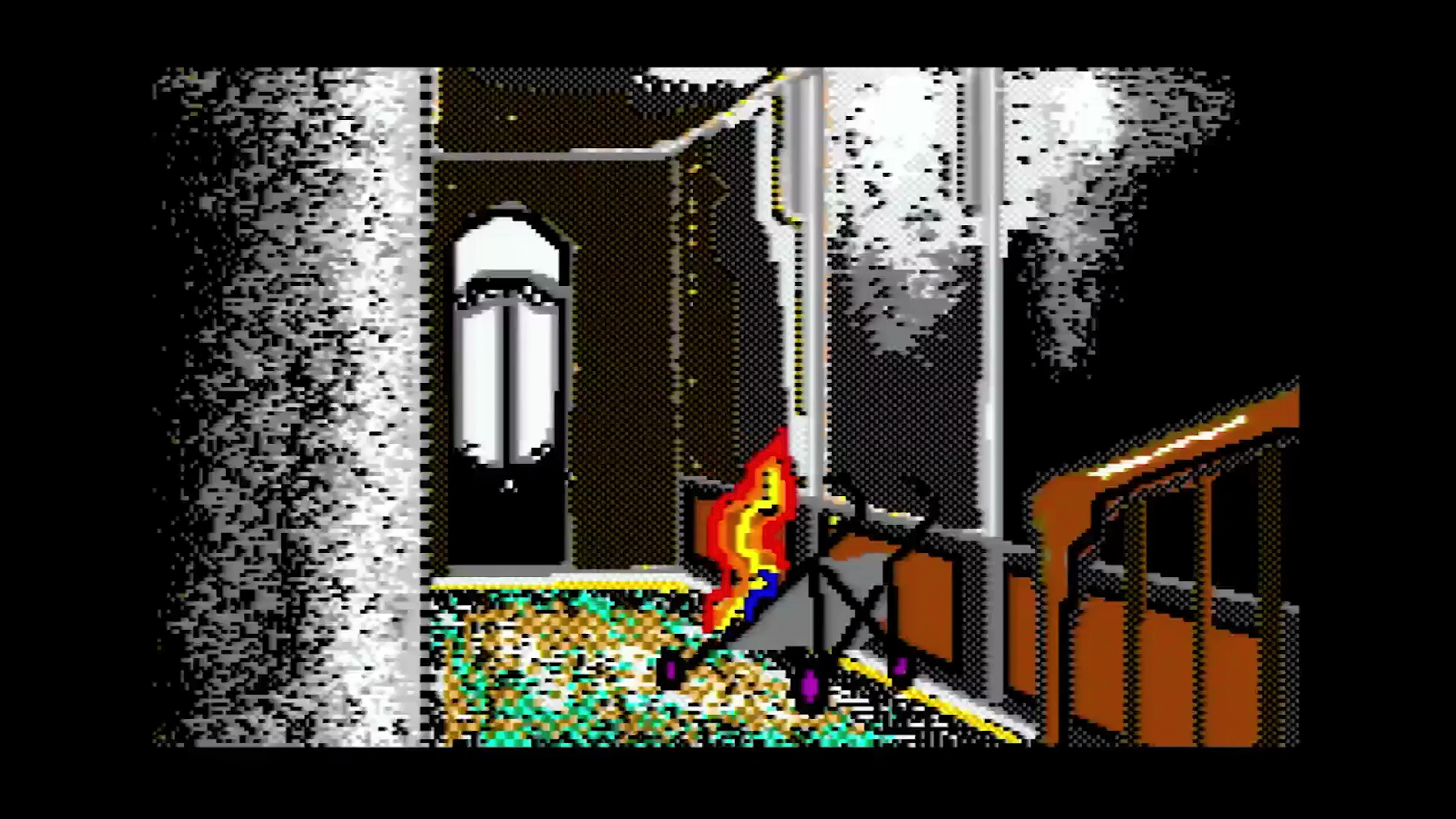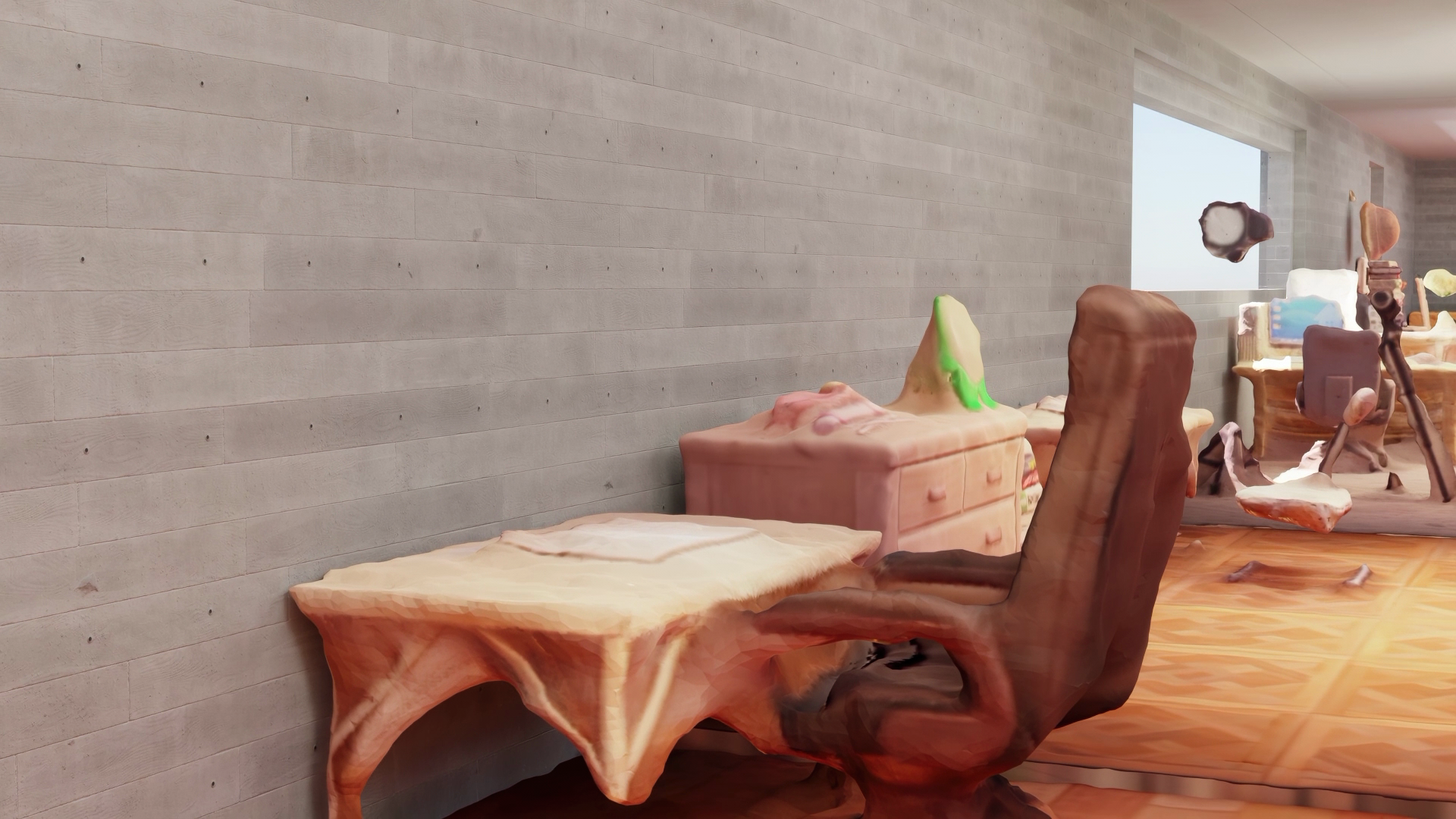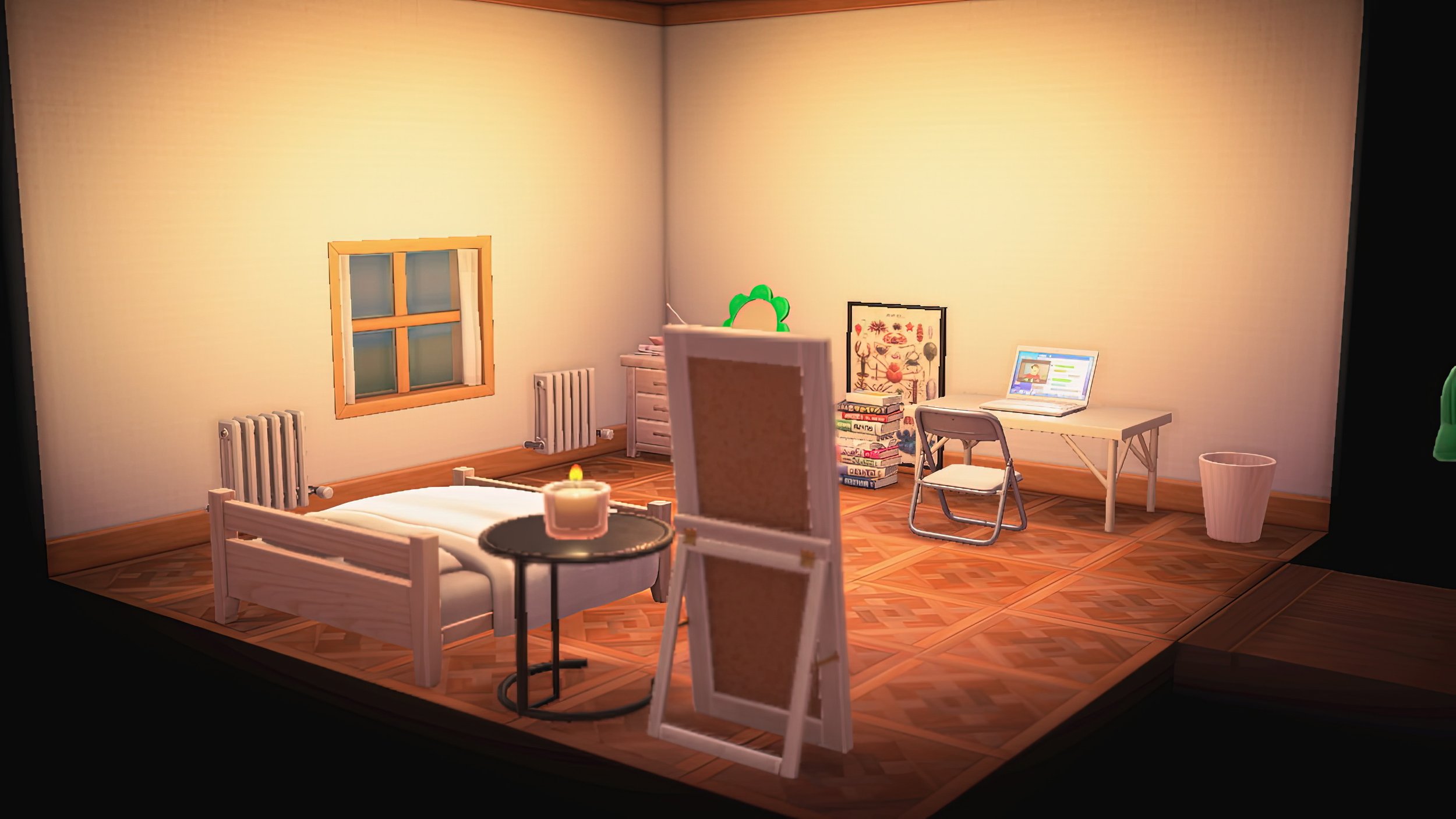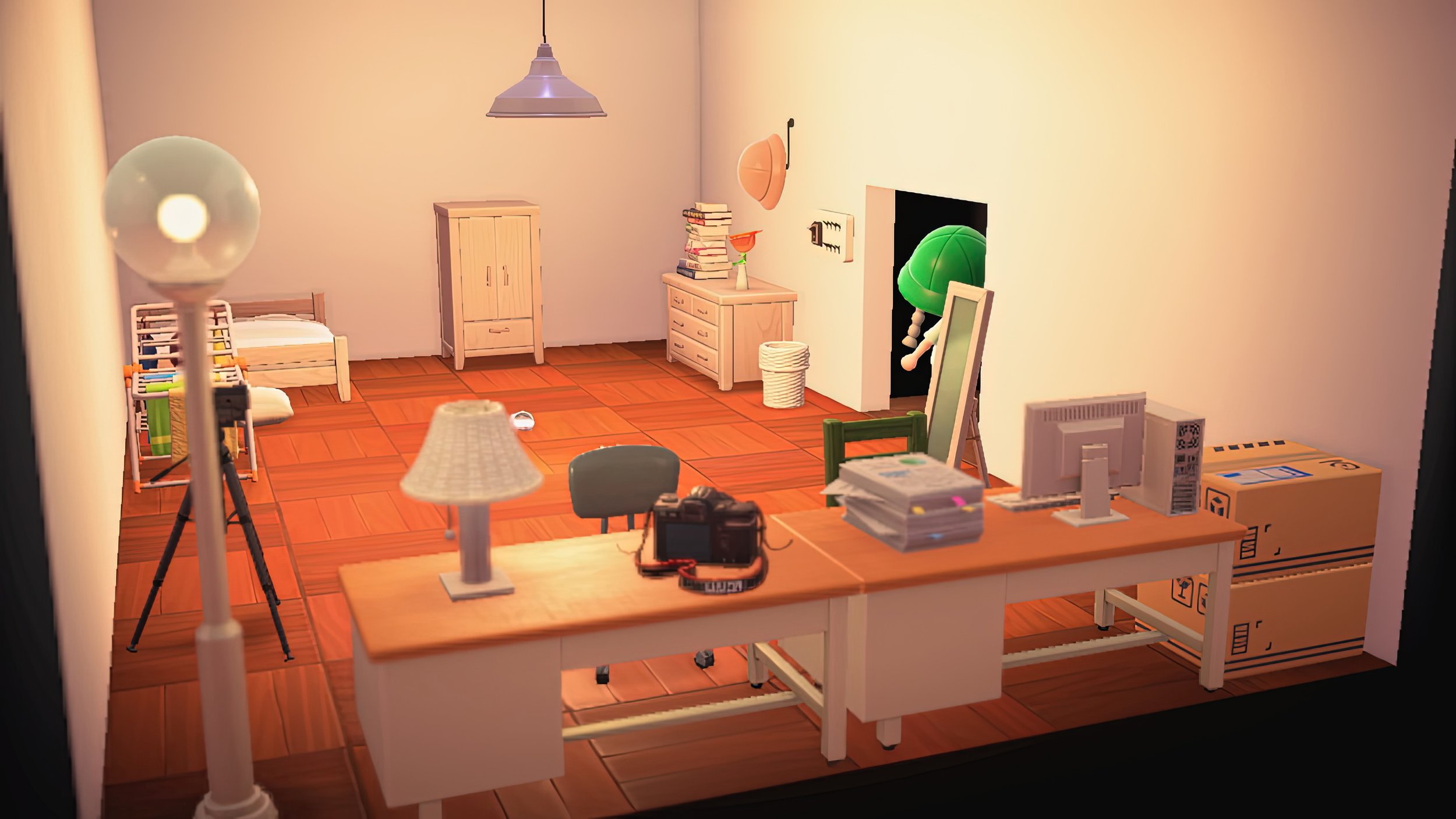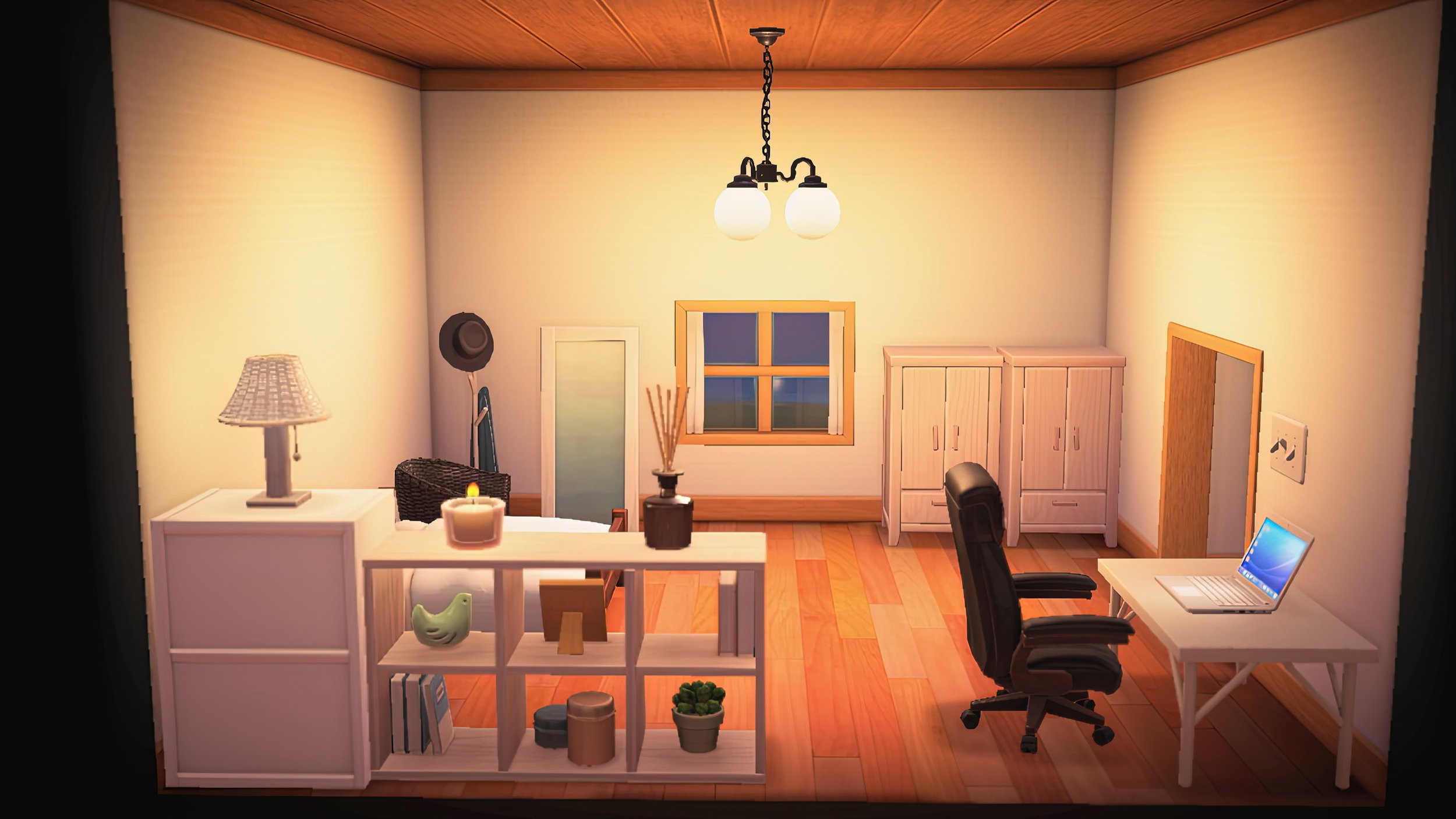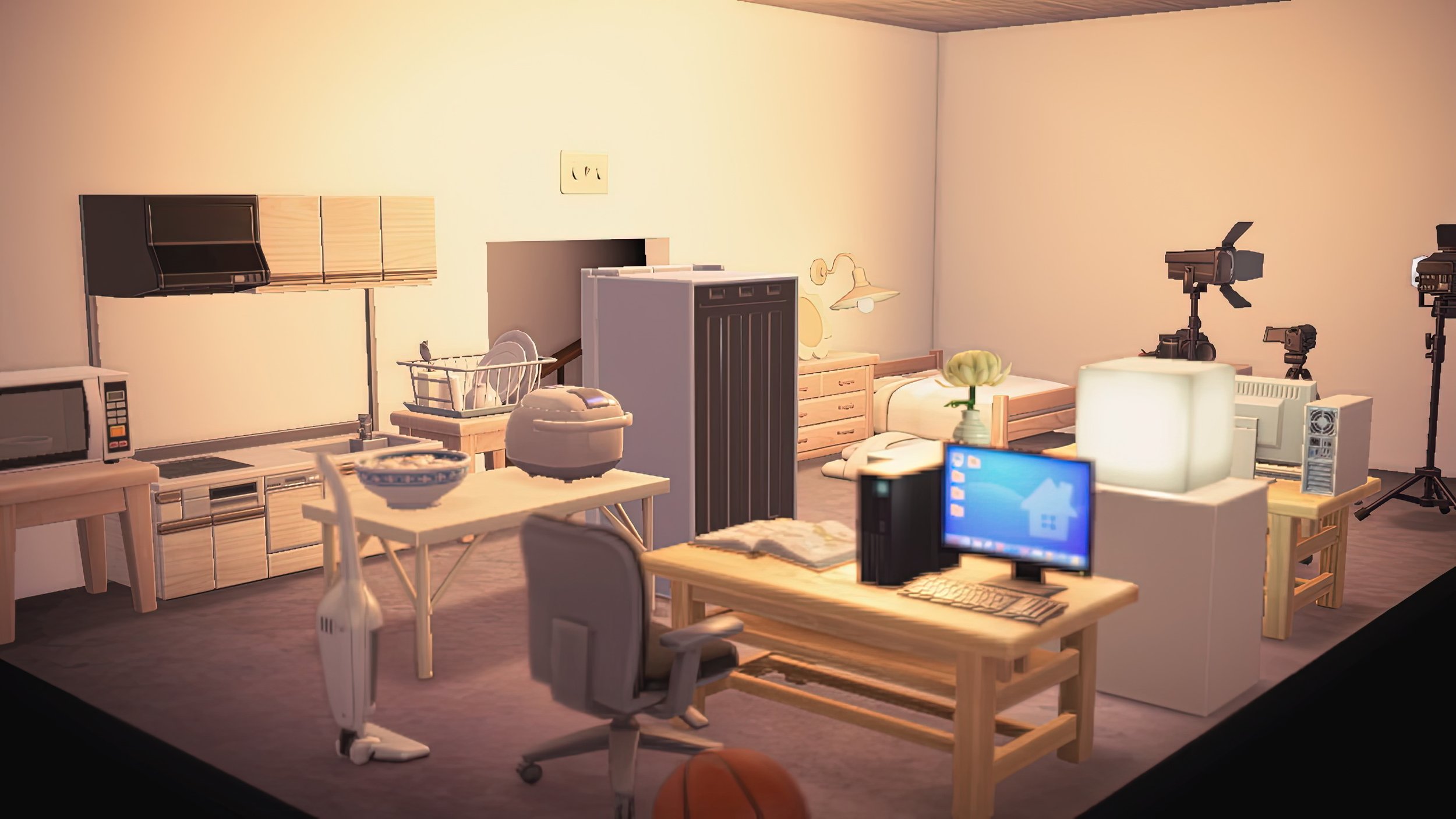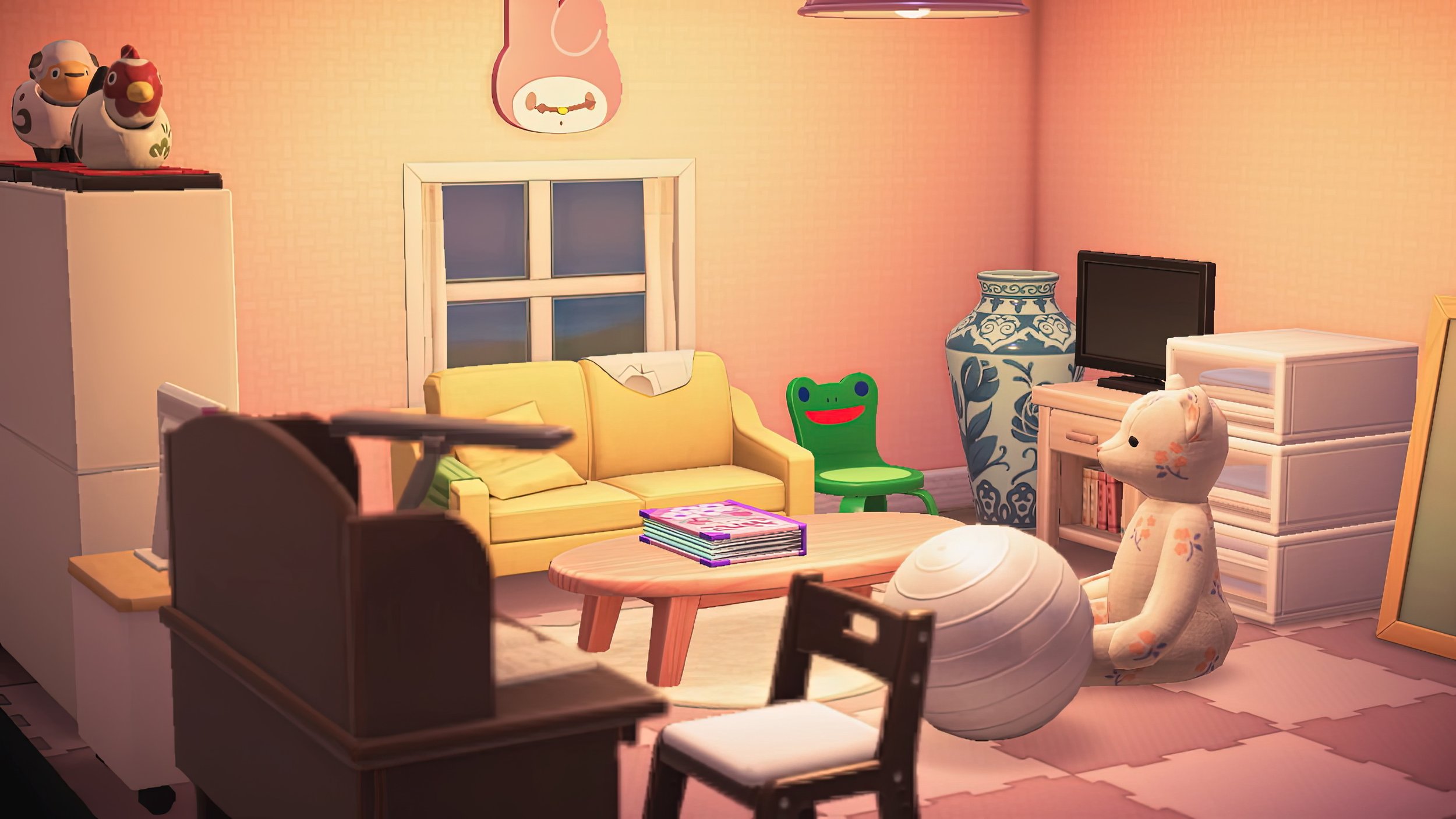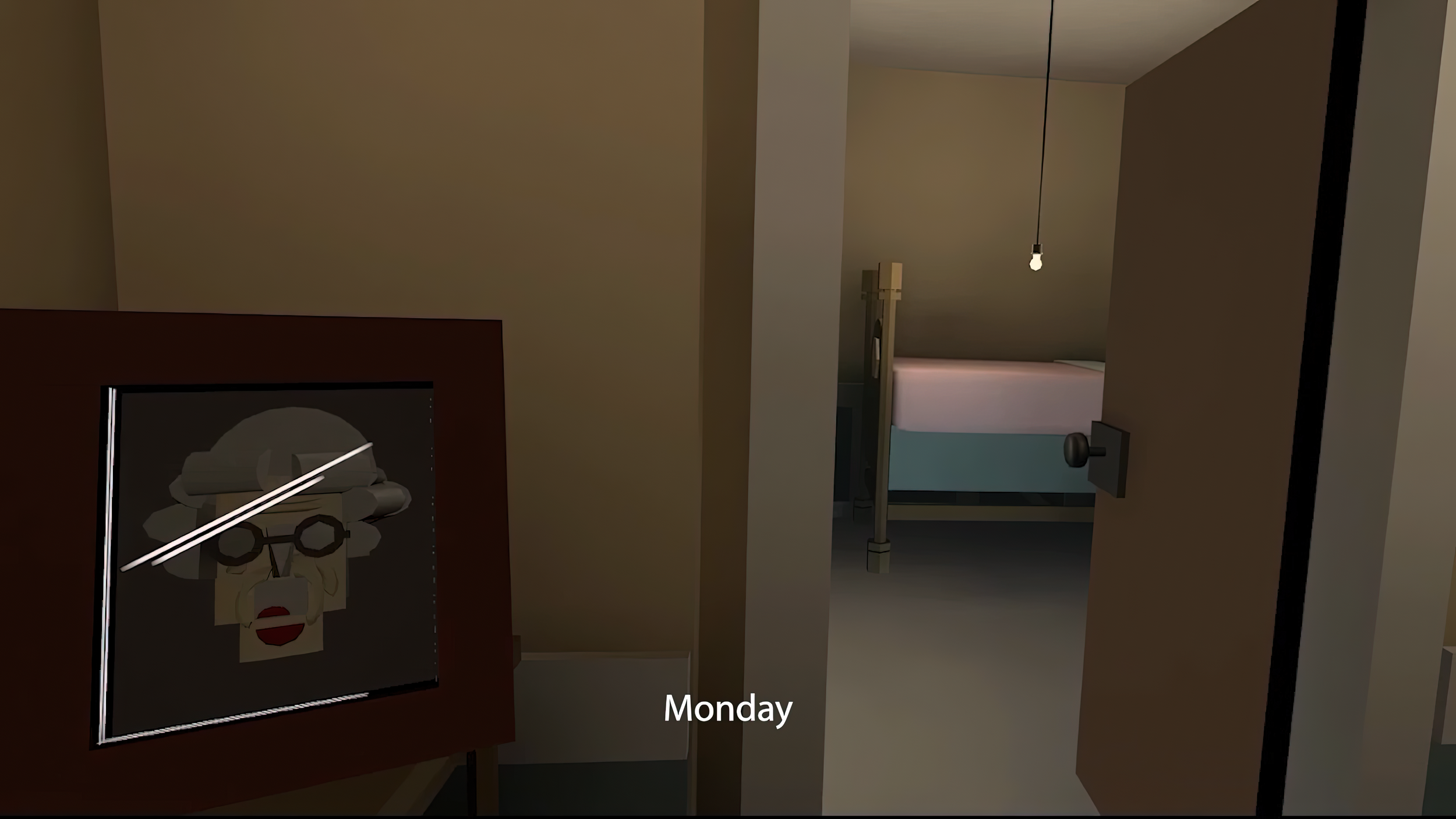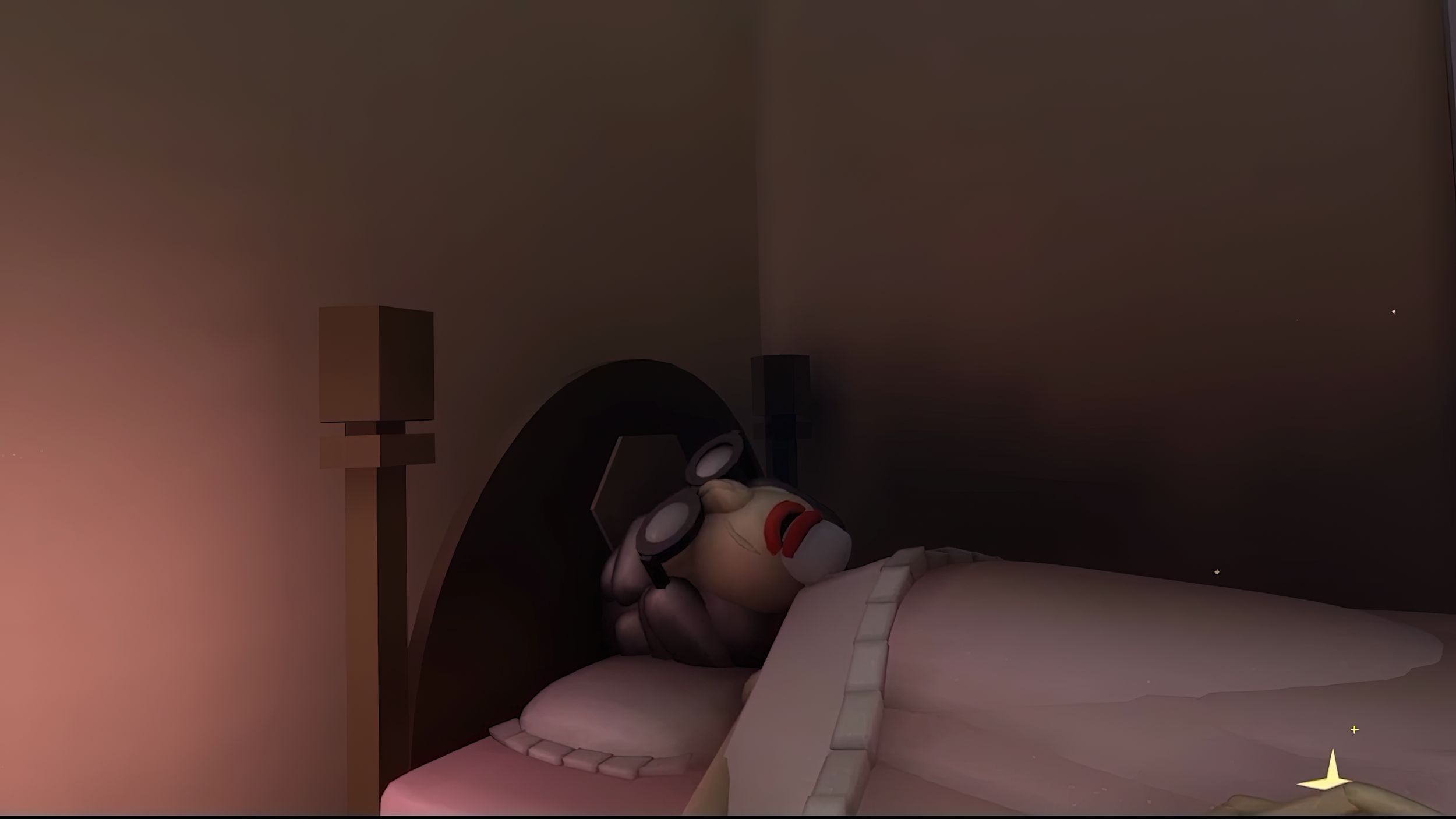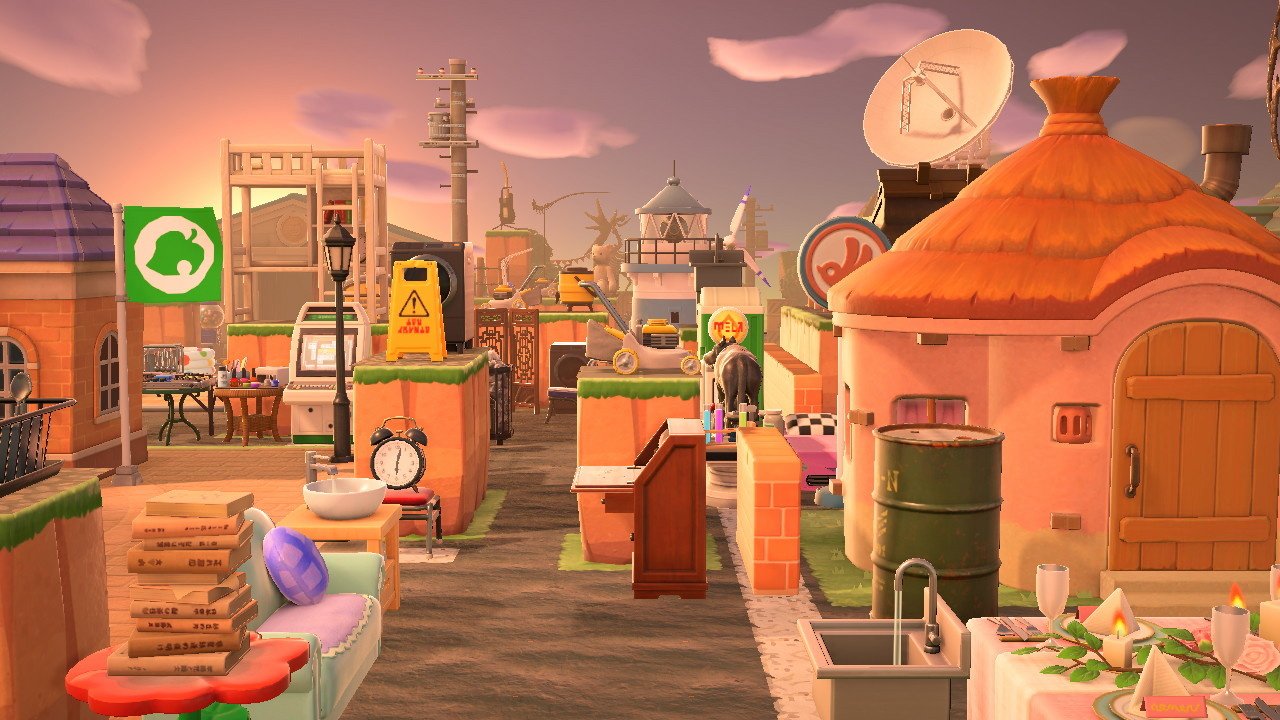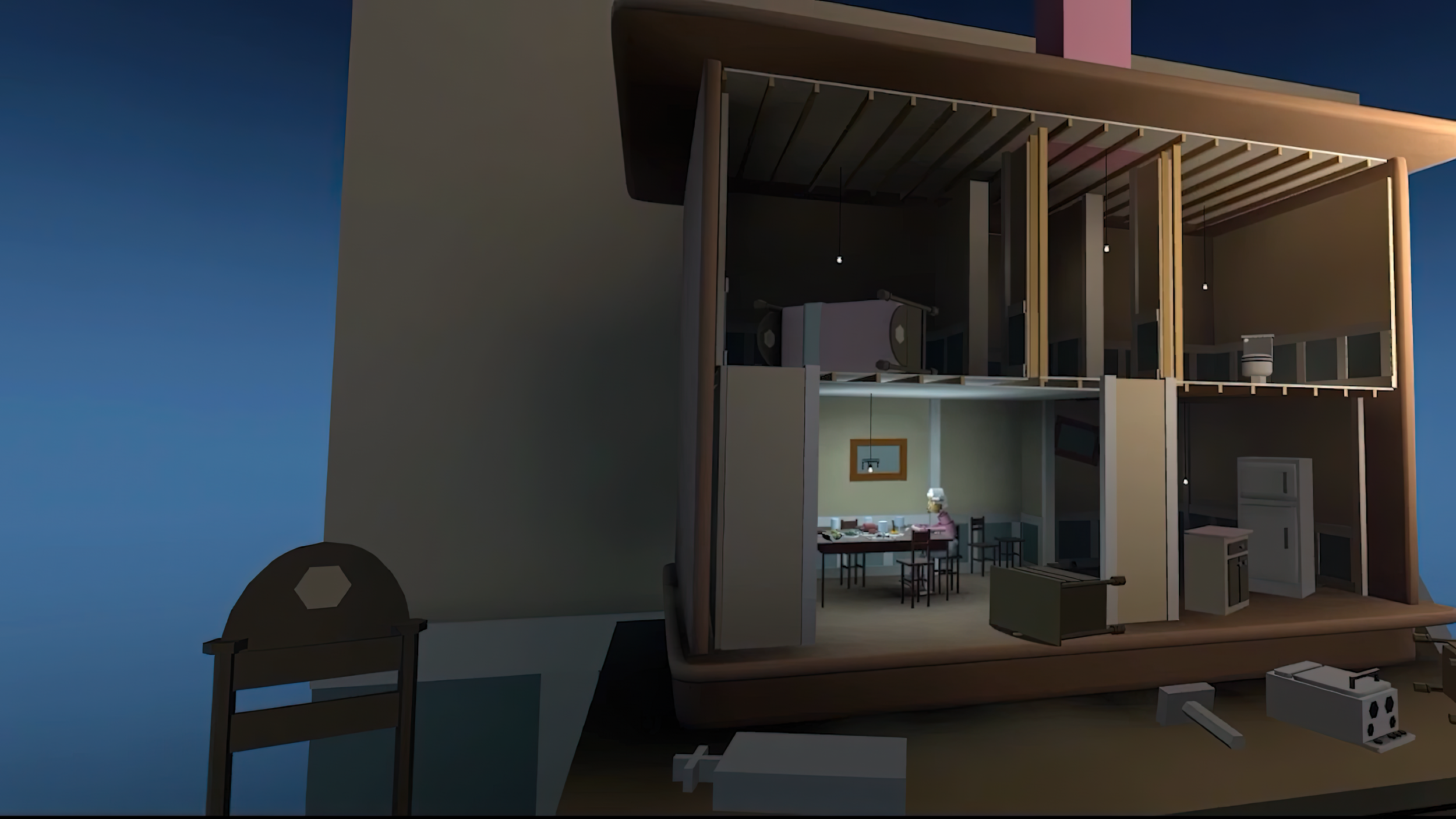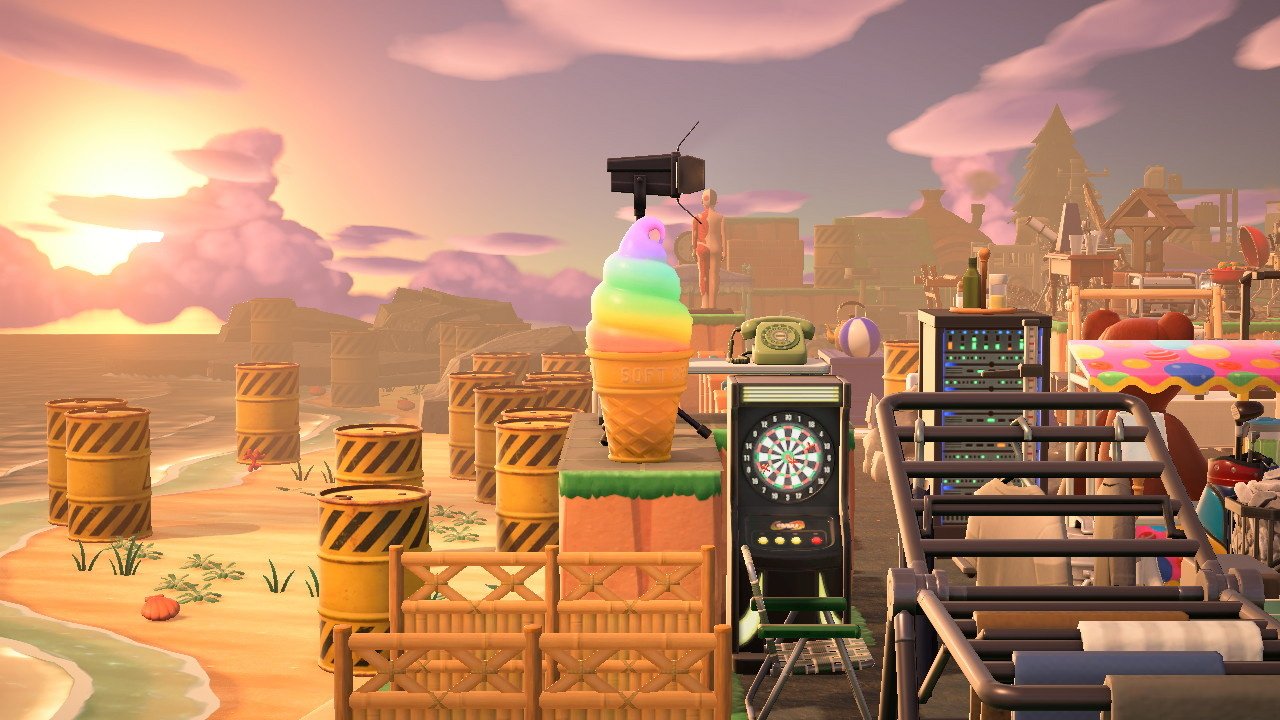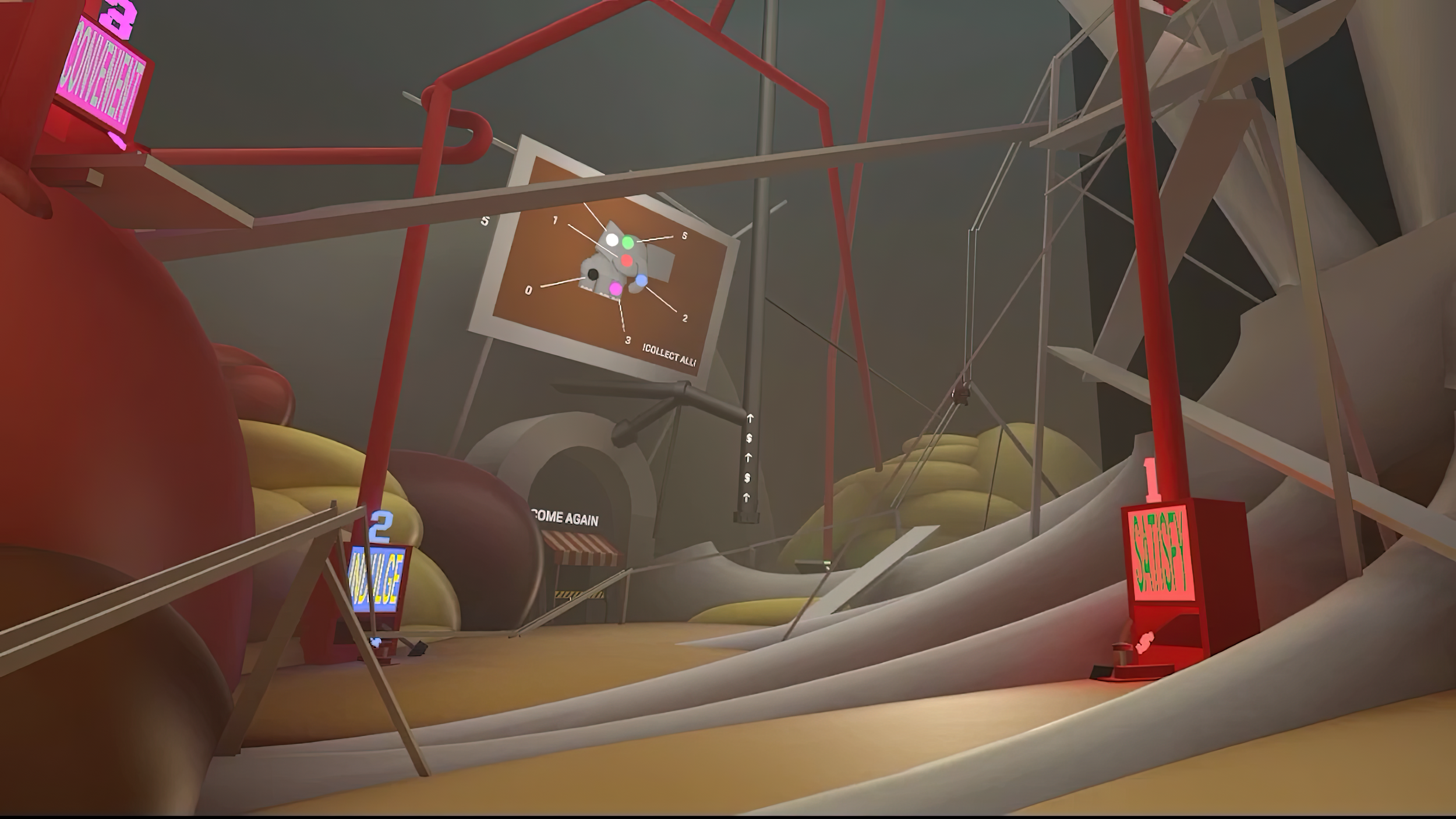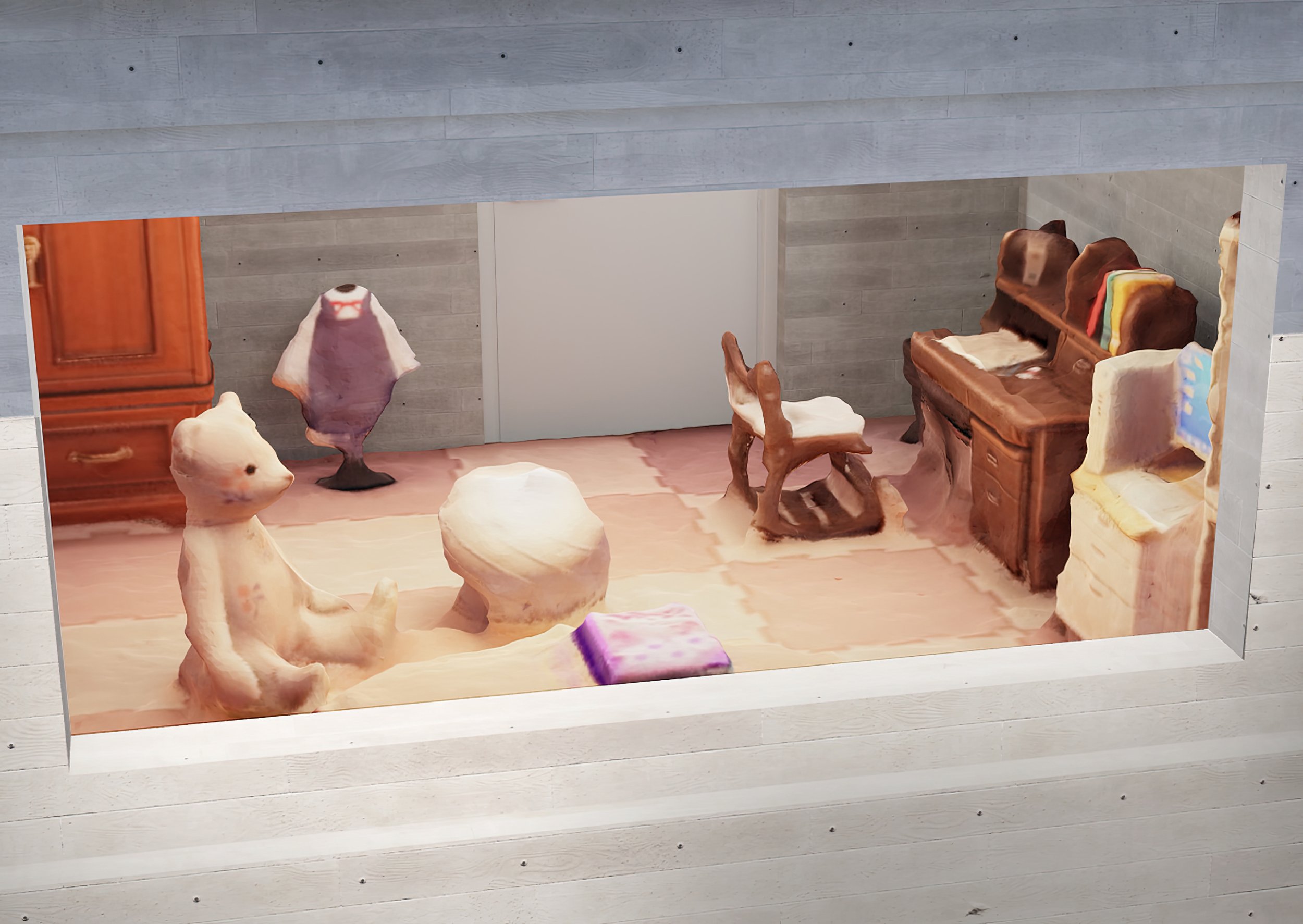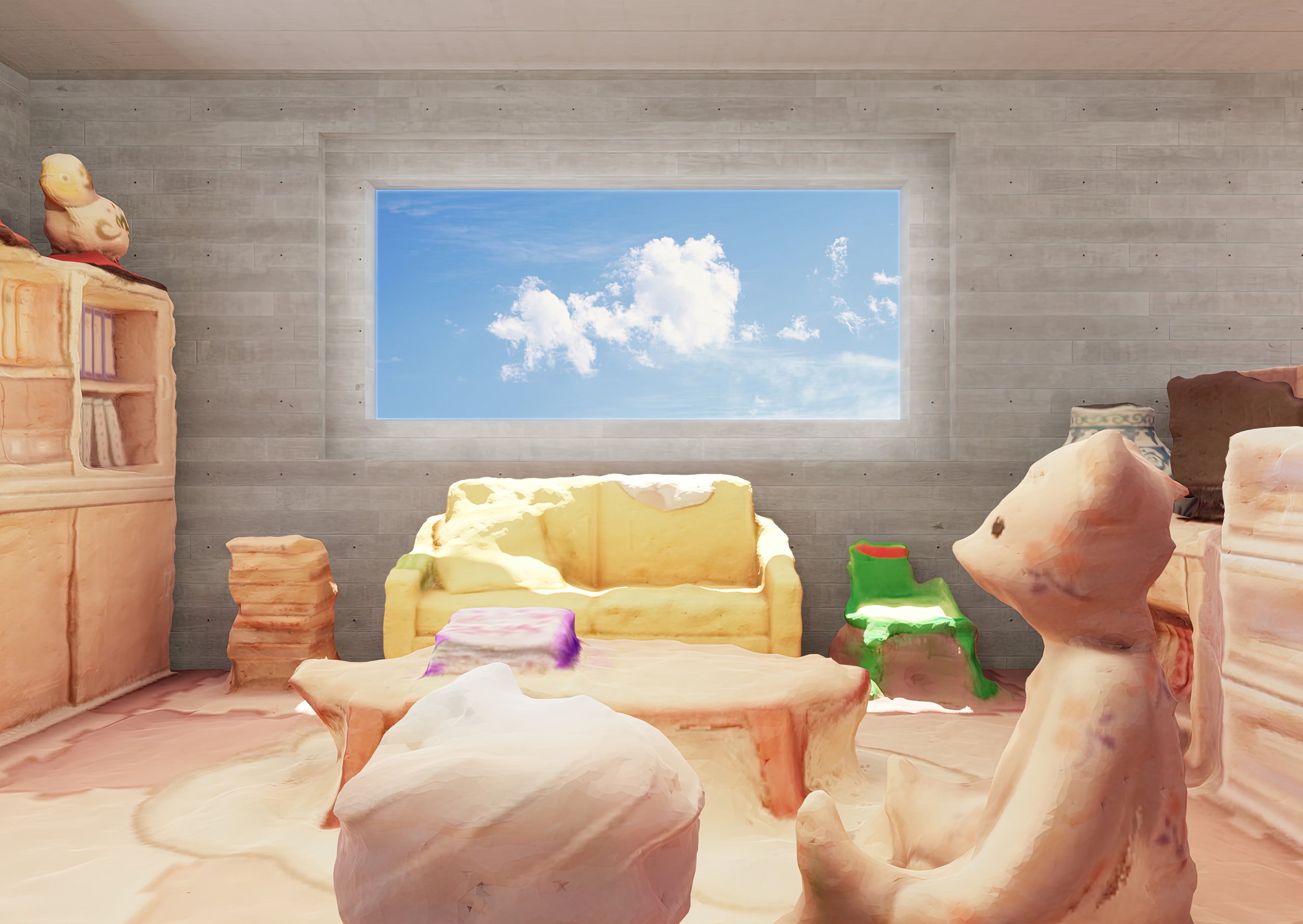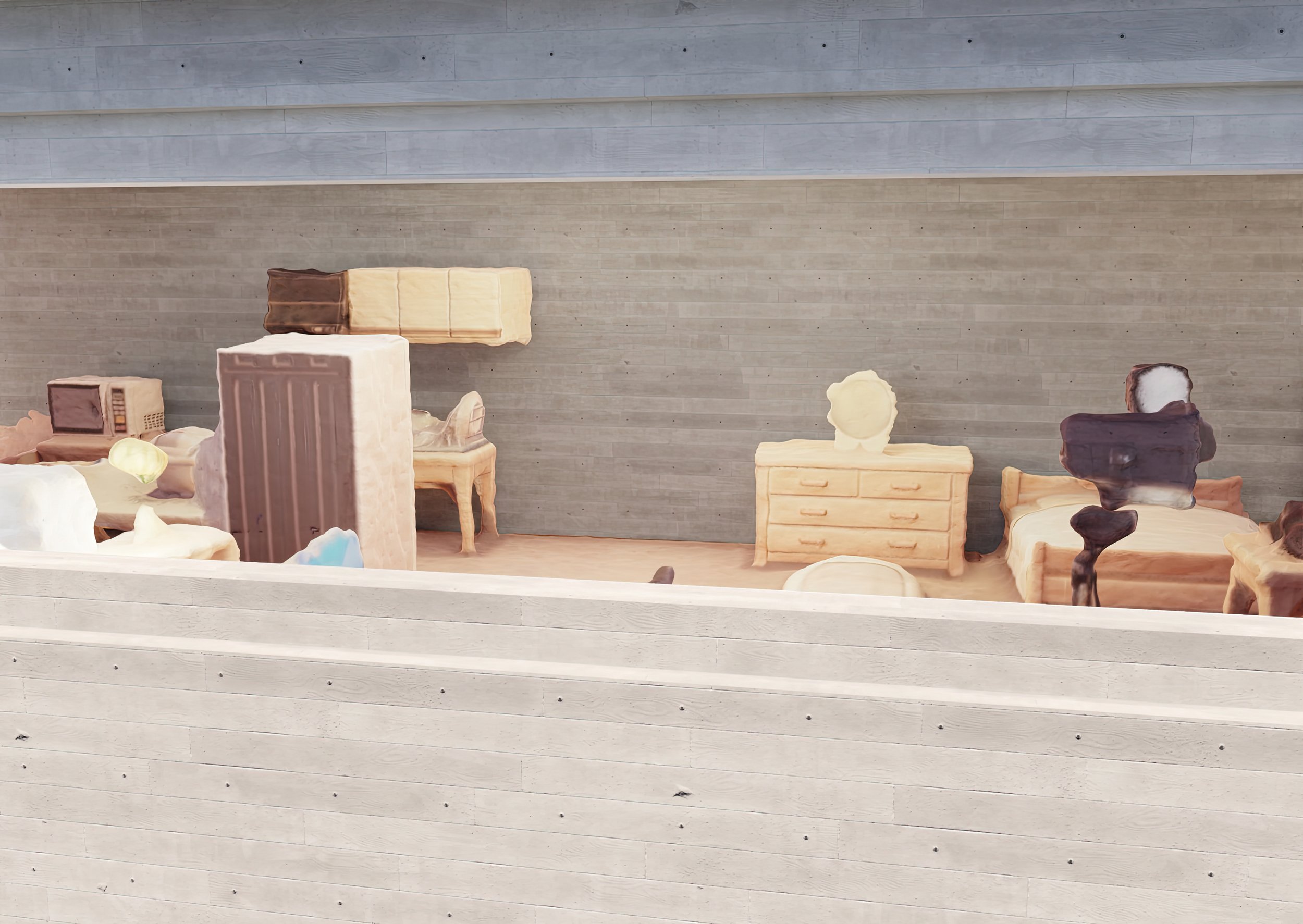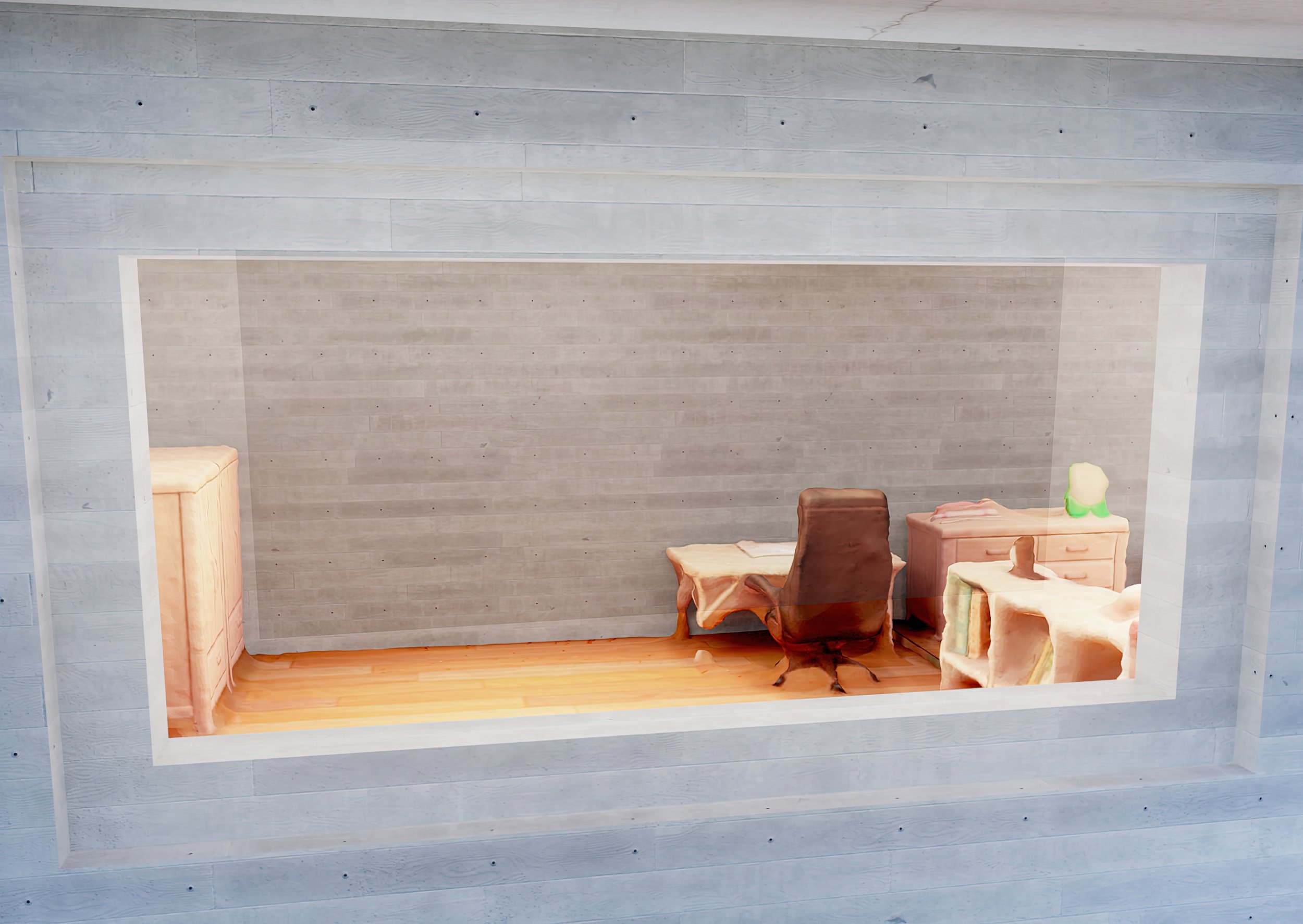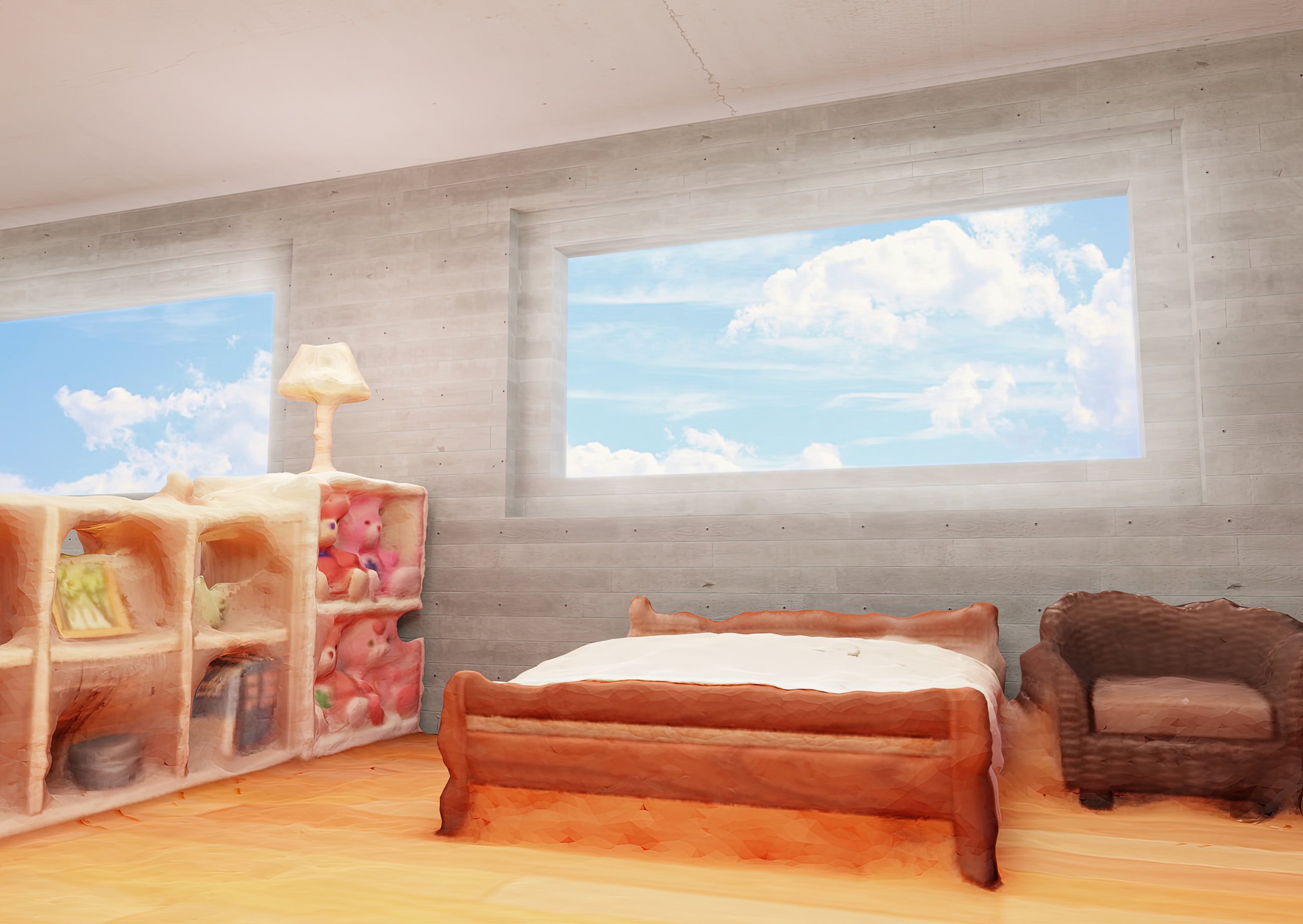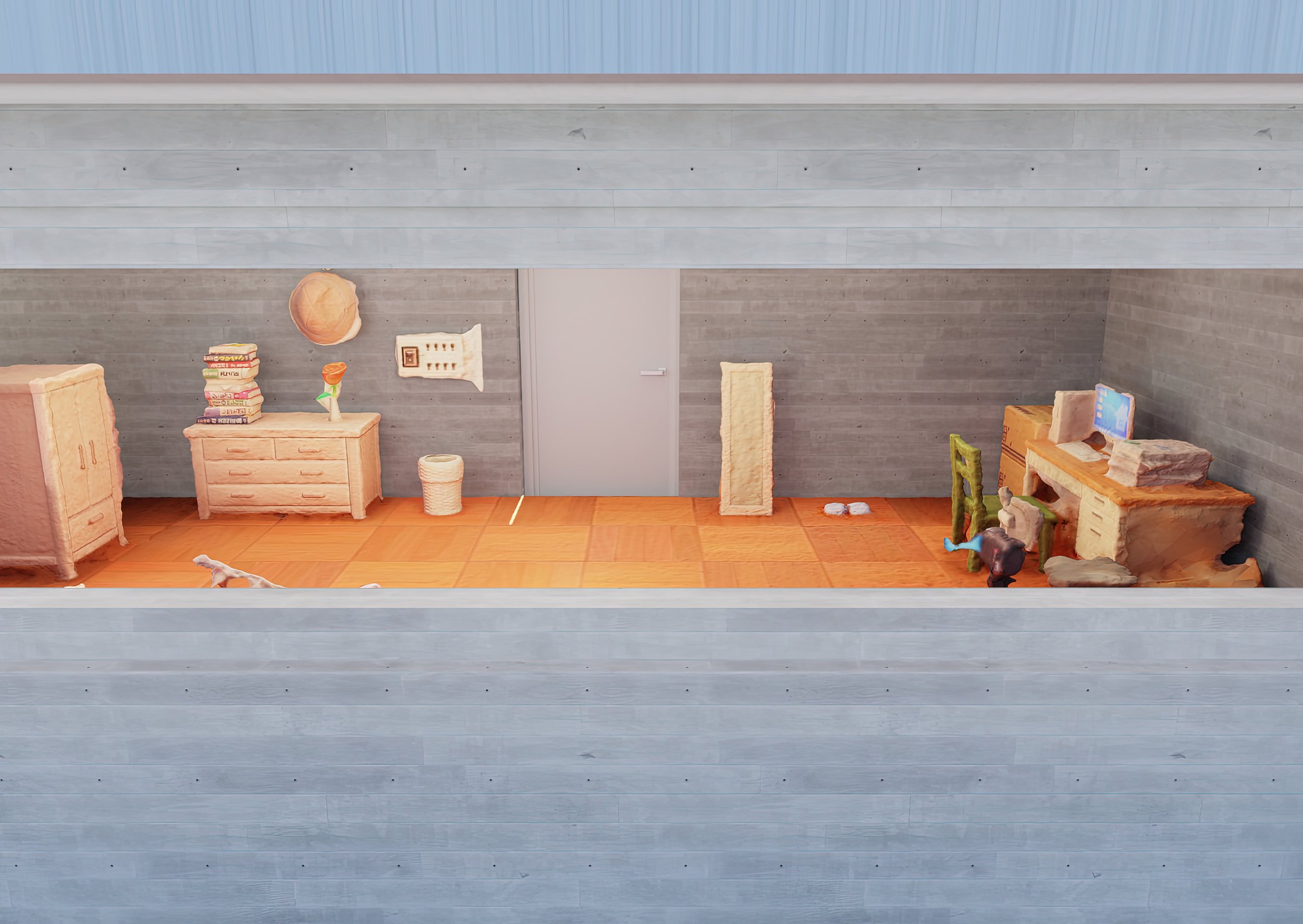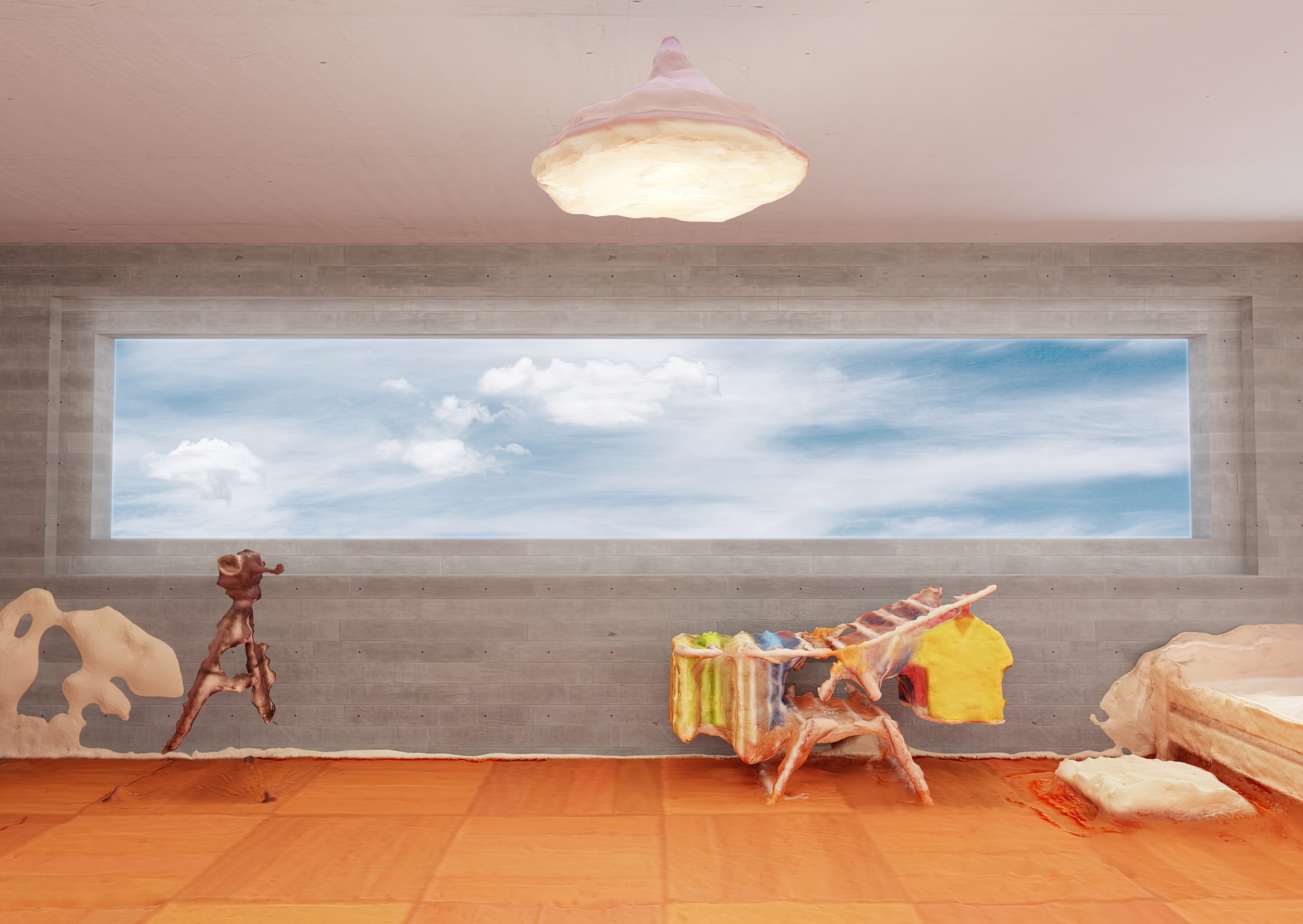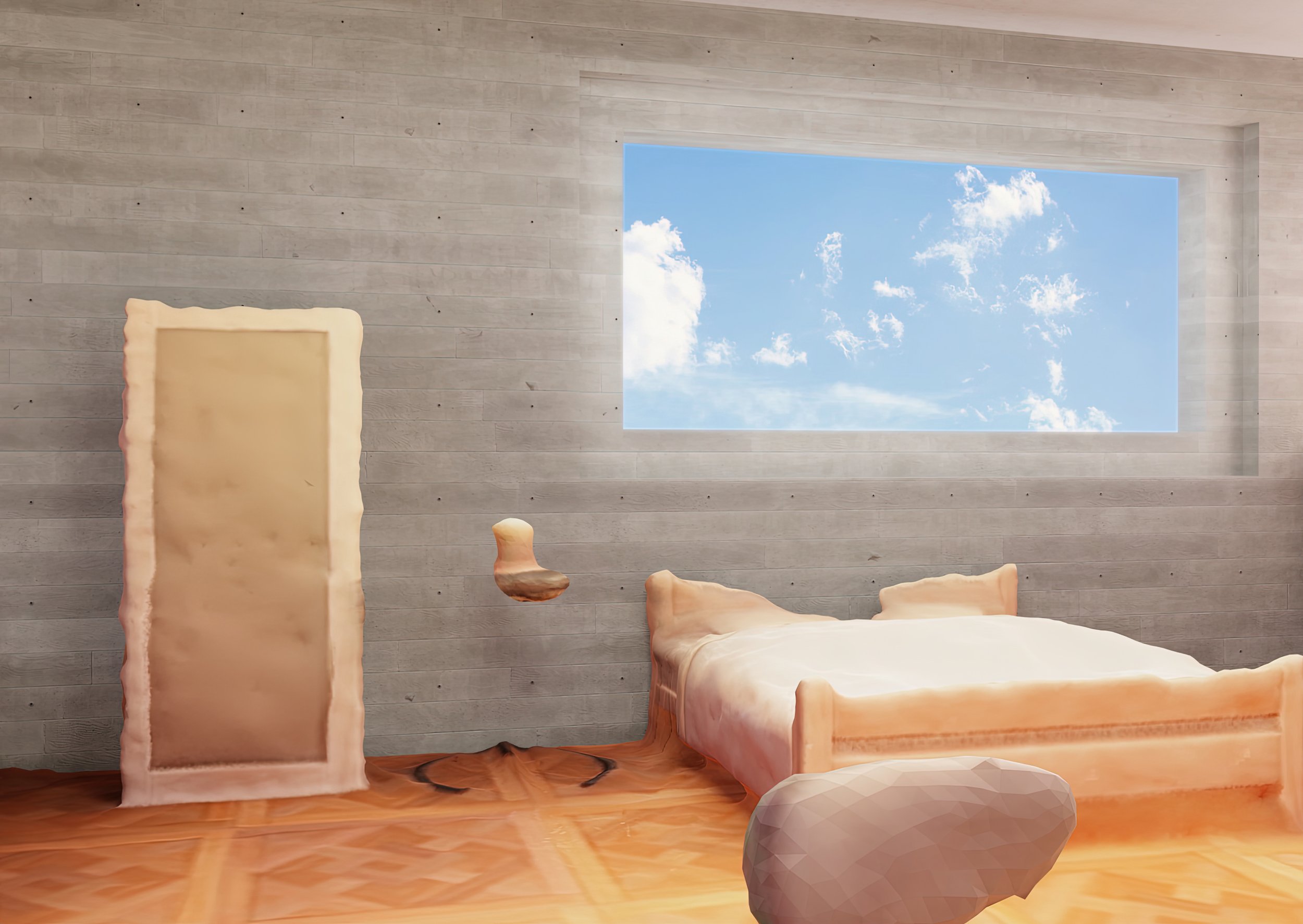ANIMAL CROSSING: ALL MINE
digital video, color, sound, 7’ 05”, 2020 (United States)
Created by Brent Watanabe
Introduced by Matteo Bittanti
Conspicuous consumption is the implicit goal of innumerable video games, but Animal Crossing: New Horizons is, by far, the most shameless celebration of capitalism. Released in March 2020, the latest installment of the popular series became the most popular video game during the most intense months of the Covid-19 lockdown in Europe and the United States. A commercial triumph – more than twenty two million copies sold in four months – New Horizons gave players the possibility to escape from their brick-and-mortar homes and relocate to a minuscole island in the middle of the ocean. All they had to do was to purchase the innocent sounding “Deserted Island Getaway Package” from a development company called Nook Inc. Lured by the promise of playful evasion and endless growth, American artist Brent Watanabe soon found himself enslaved by perpetual debt, surrounded by a mountain of waste, and forced to compulsively perform bullshit jobs. An unofficial adaptation of Maurizio Lazzarato’s The Making of the Indebted Man, Animal Crossing: New Horizons is one of the most sophisticated simulation of neoliberalism ever concocted: suffice to say that players must take a mortgage on their virtual houses to start “playing”. Assuming the role of a modern day Robinson Crusoe with entrepreneurial skills, Watanabe spent more than one hundred fifty hours hoarding as many consumer goods as possible and displaying them on his island. He documented his performance with a machinima.
Brent Watanabe is an artist combining a background in traditional materials and practices (drawing, sculpture) with emerging technologies (computer programming, electronics), exploring an artistic field still uncharted. For over a decade, Watanabe has been creating computer-controlled gallery installations populated by kinetic sculpture, drawing, projection, and sound. His 2016 project, San Andreas Deer Cam was streamed live on the internet, had over 800,000 visitors in the first three months, and was mentioned in several international publications, including New York Magazine, the BBC, and WIRED. Watanabe has participated in several group shows and screenings nationally and internationally, including Through Machine Eyes curated by James Bridle at the NeMe Arts Center, in Limassol, Cyprus, Game Changers at MassArt Art Museum, in Boston and Playmode at the MATT Museum, in Lisbon, Portugal. He has had recent solo exhibitions at SOIL Art Gallery (Seattle, 2006), McLeod Residency (Seattle, 2008), Jack Straw New Media Gallery (Seattle, 2009), Gallery 4Culture (Seattle, 2011), Anchor Art Space (Anacortes, Washington State, 2013), and Bumbershoot Music and Arts Festival (Seattle, 2016).
Media coverage: Matteo Lupetti, ArtTribune (in Italian)

